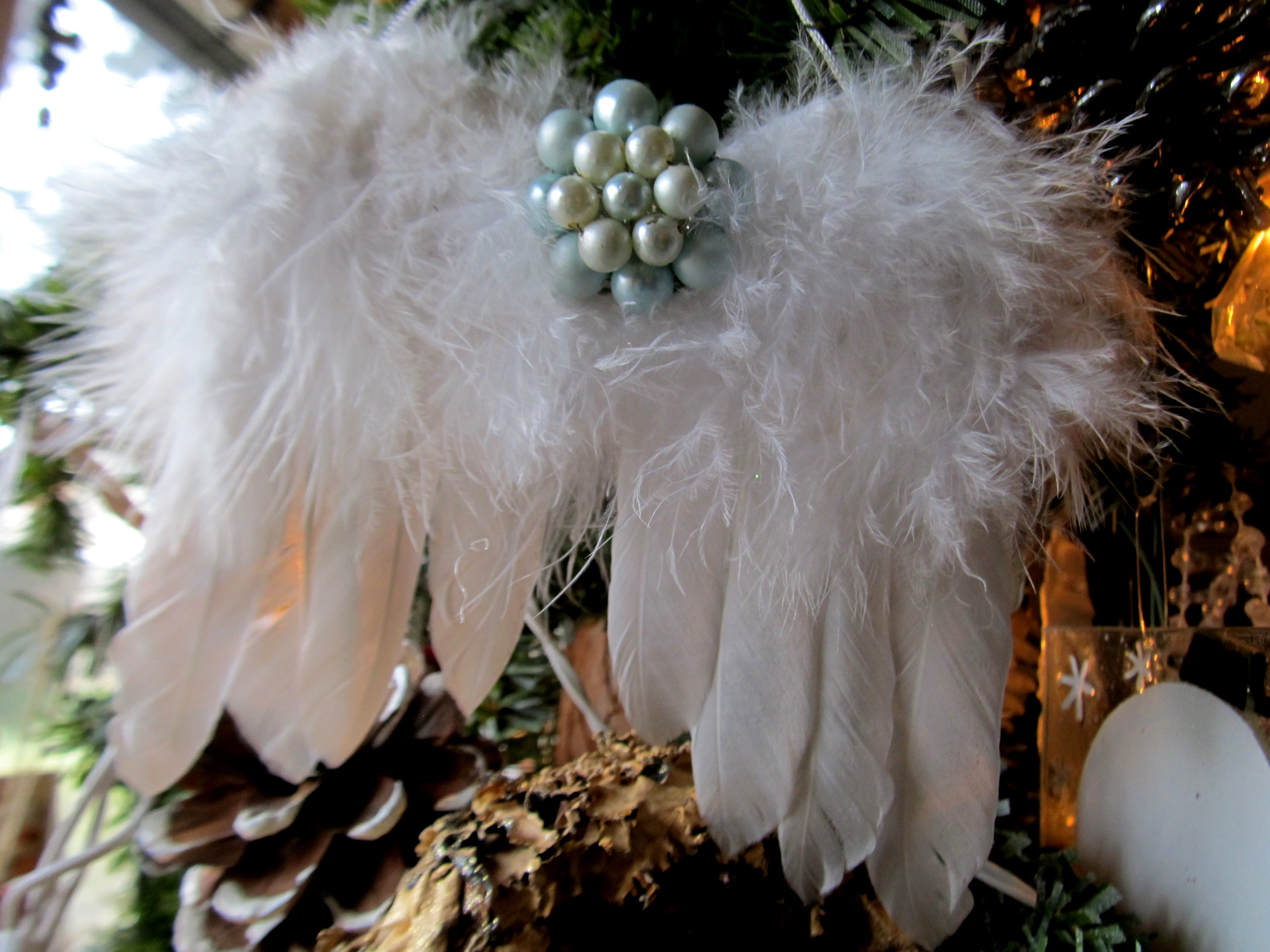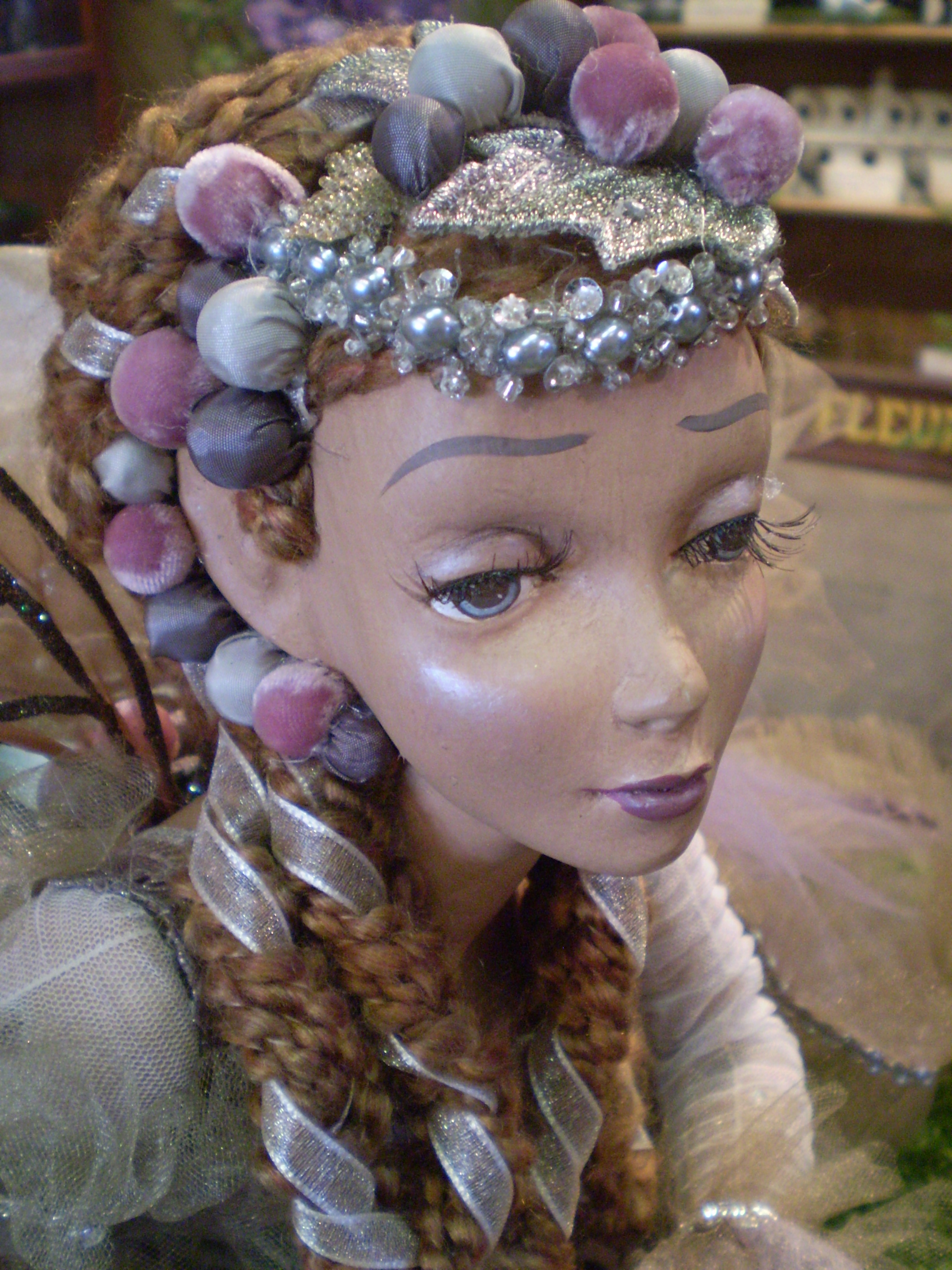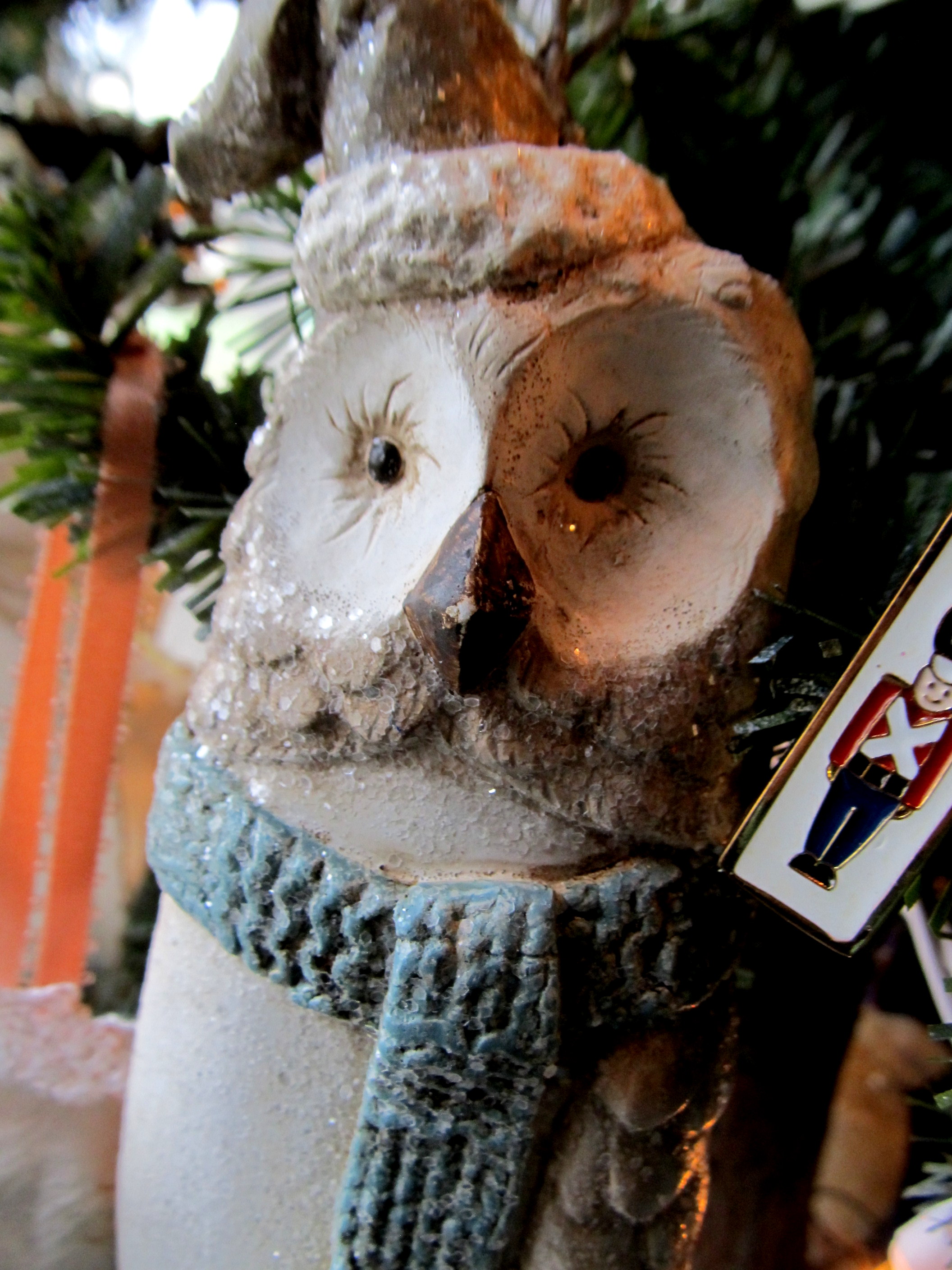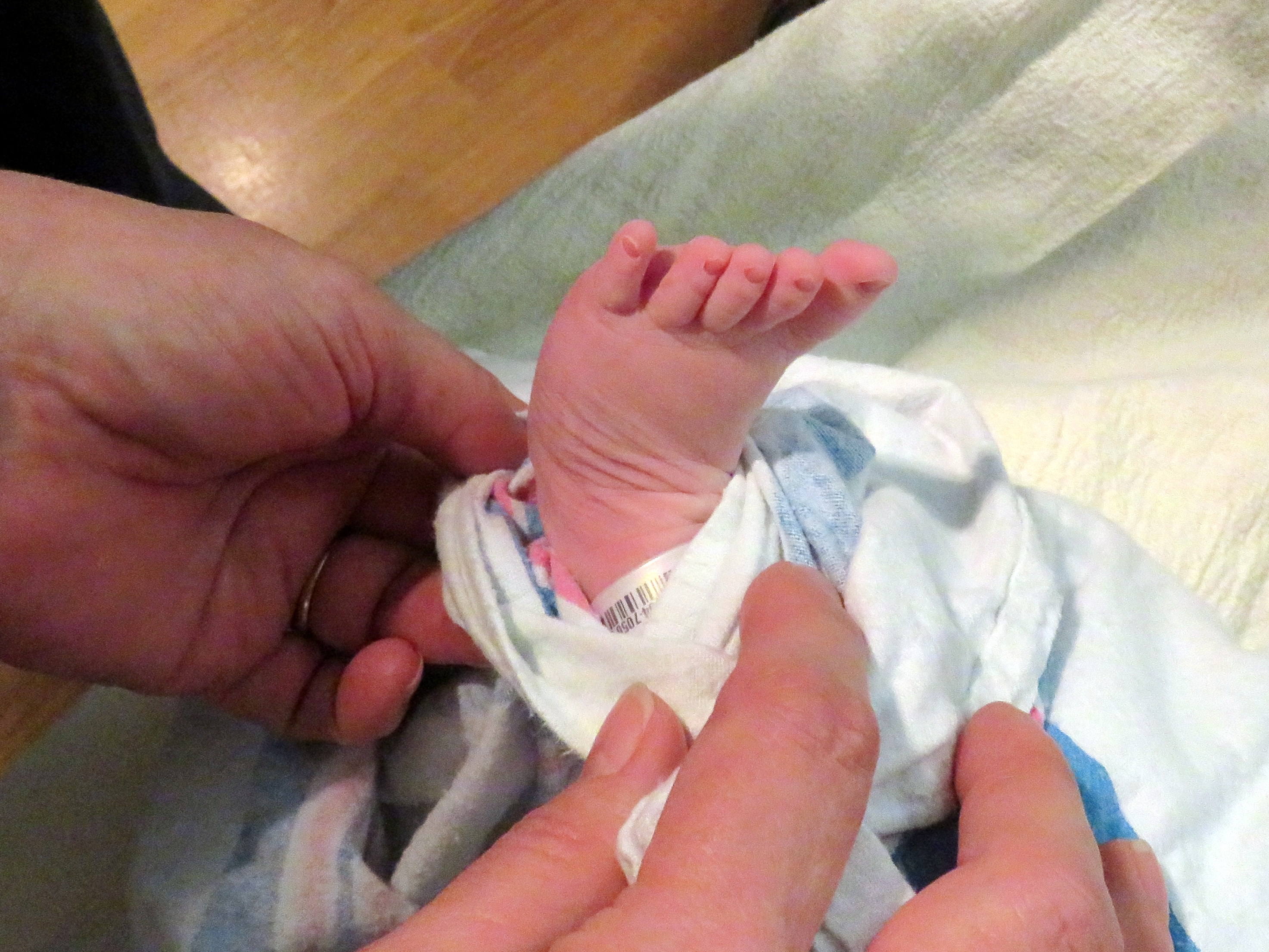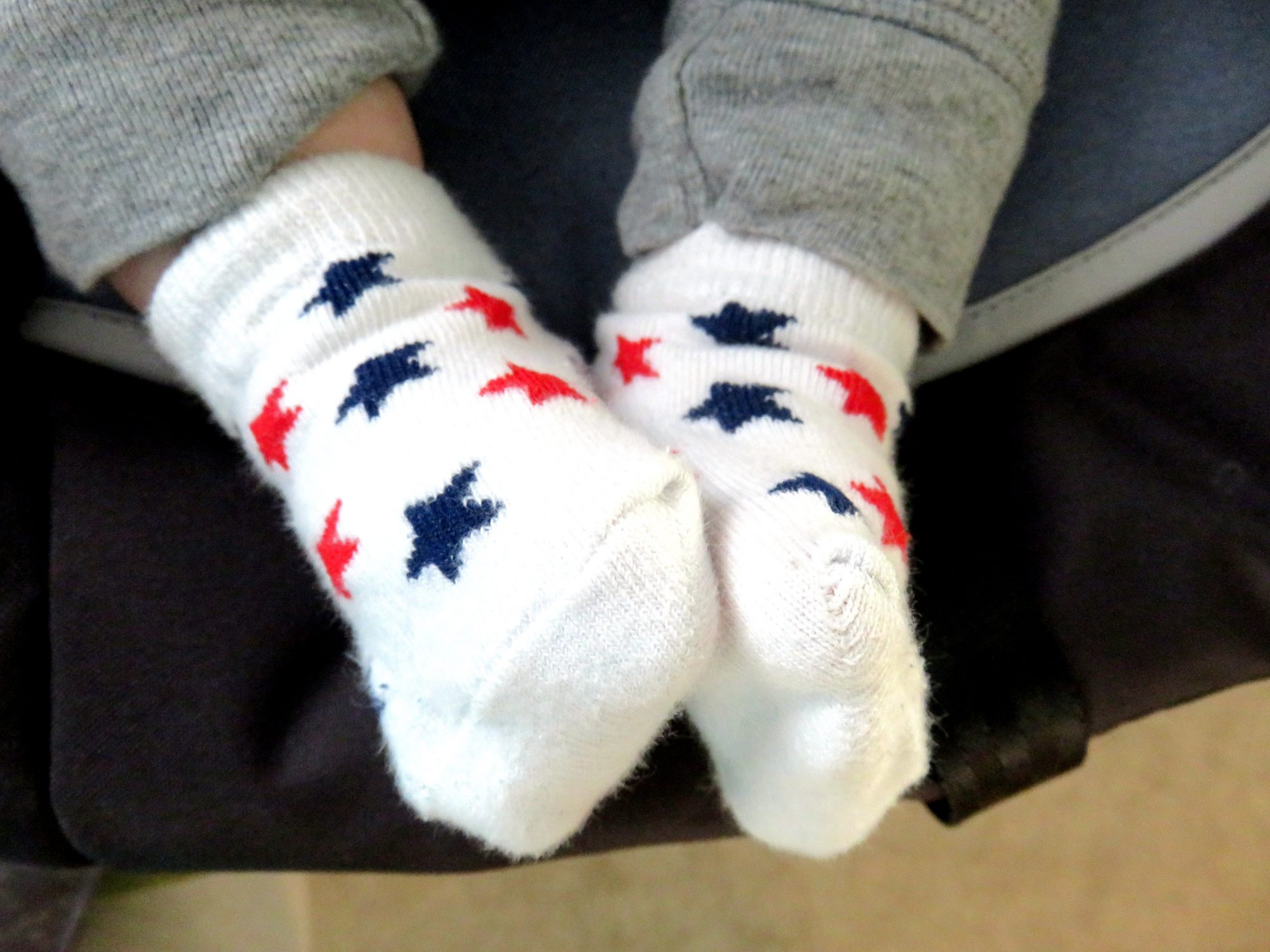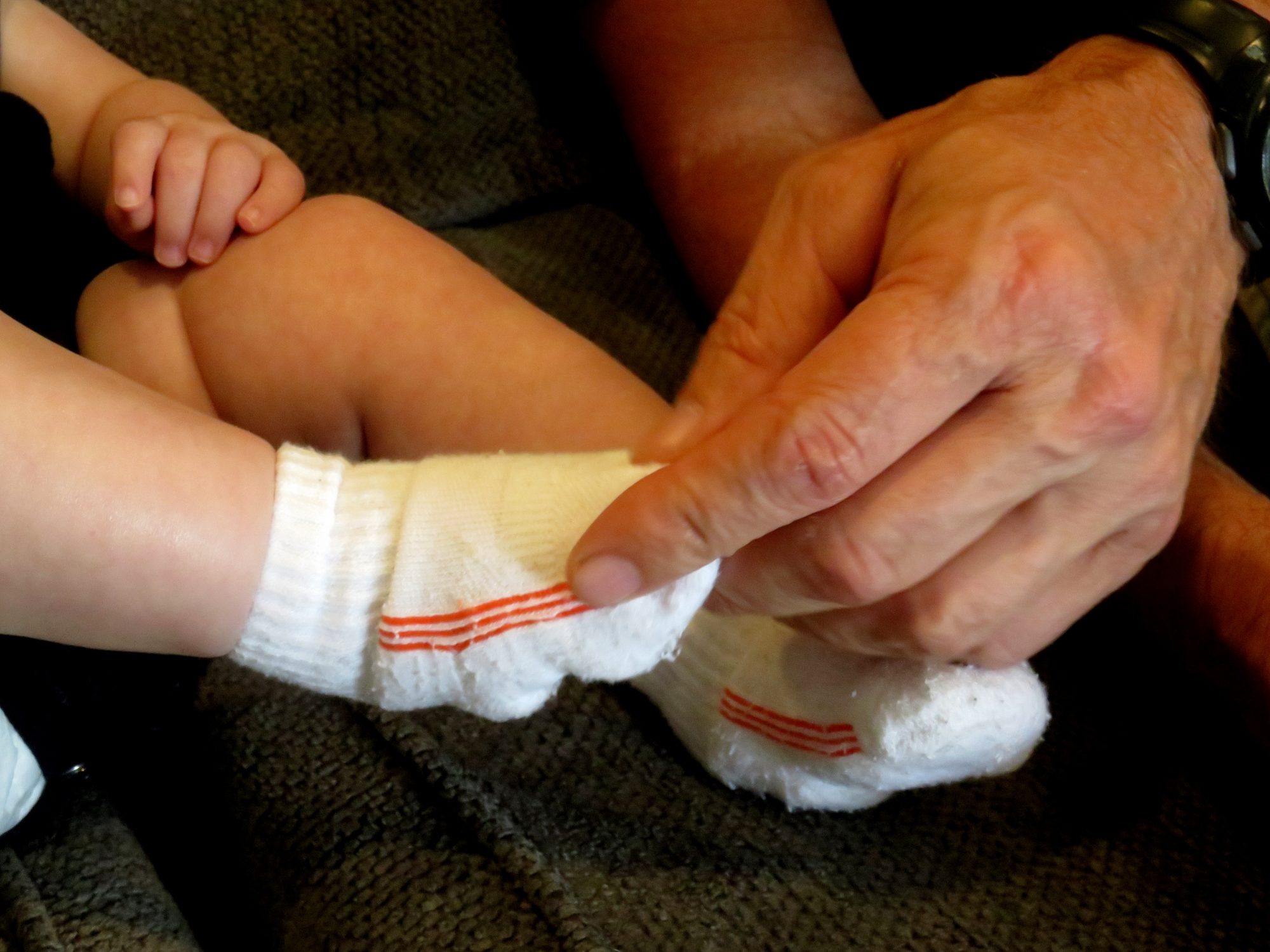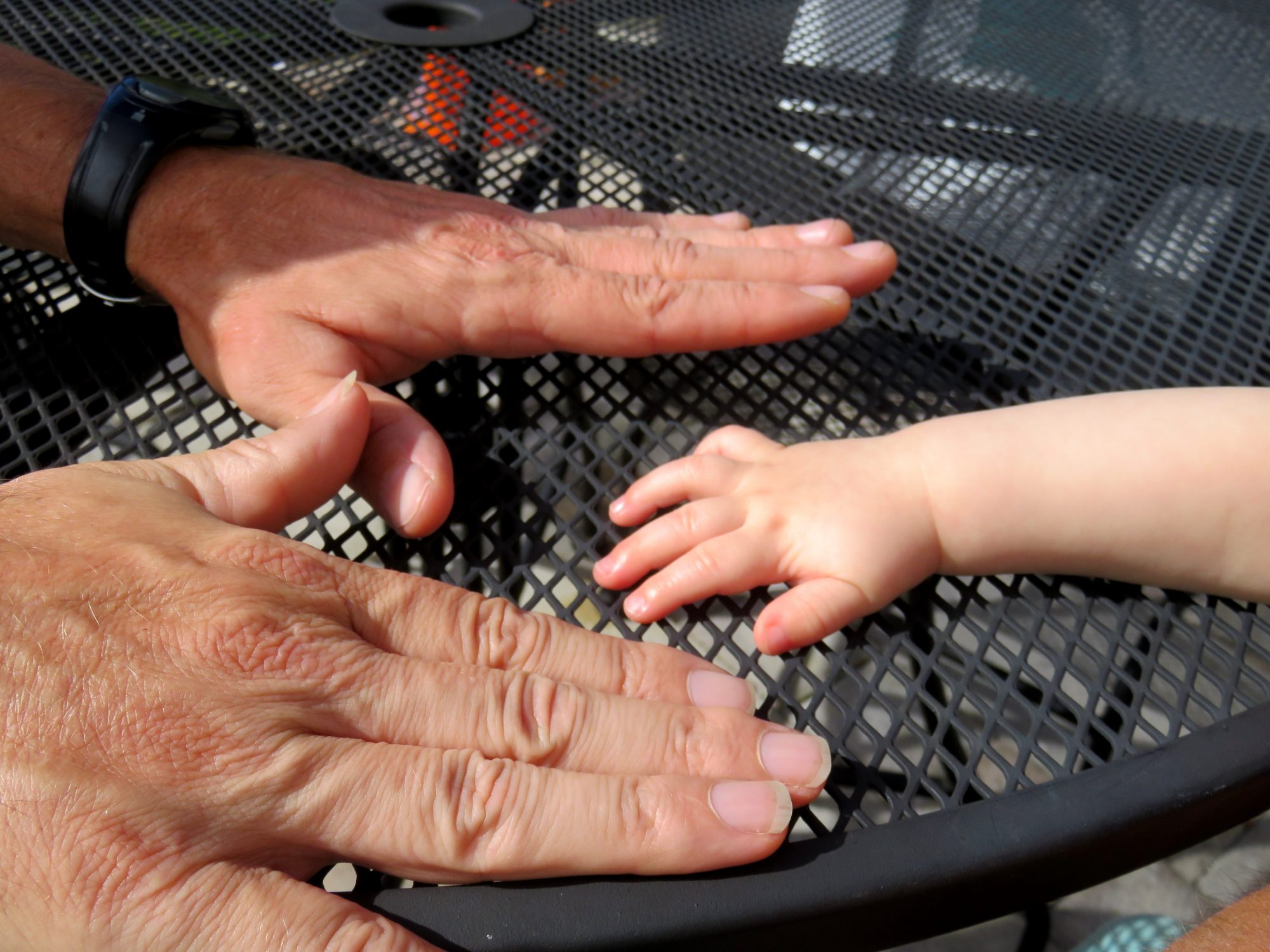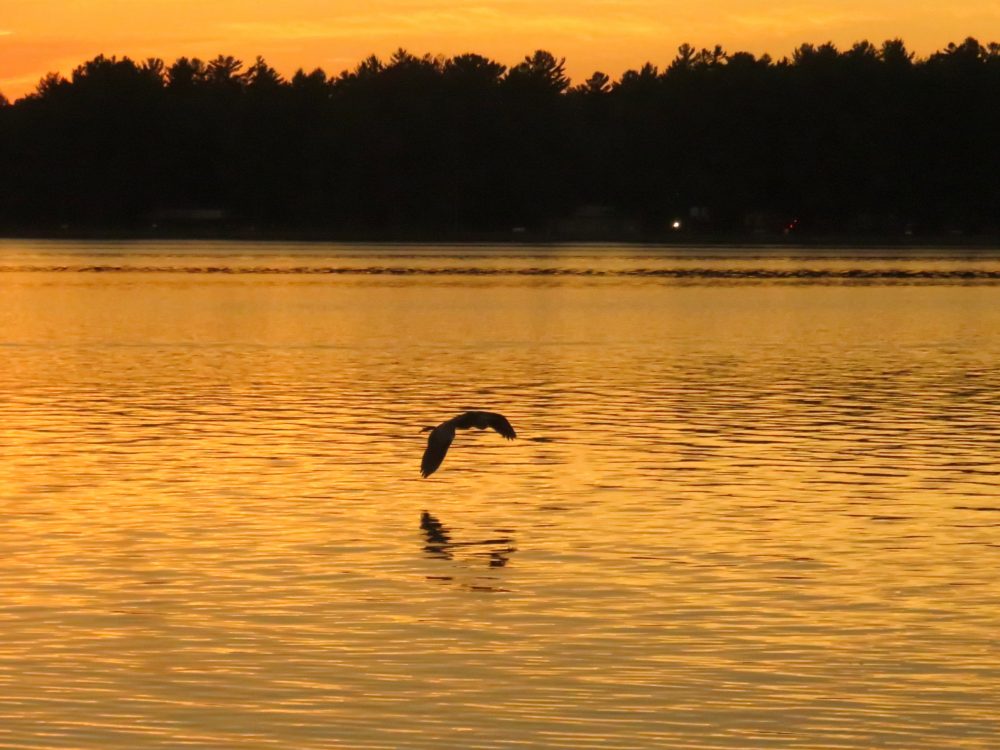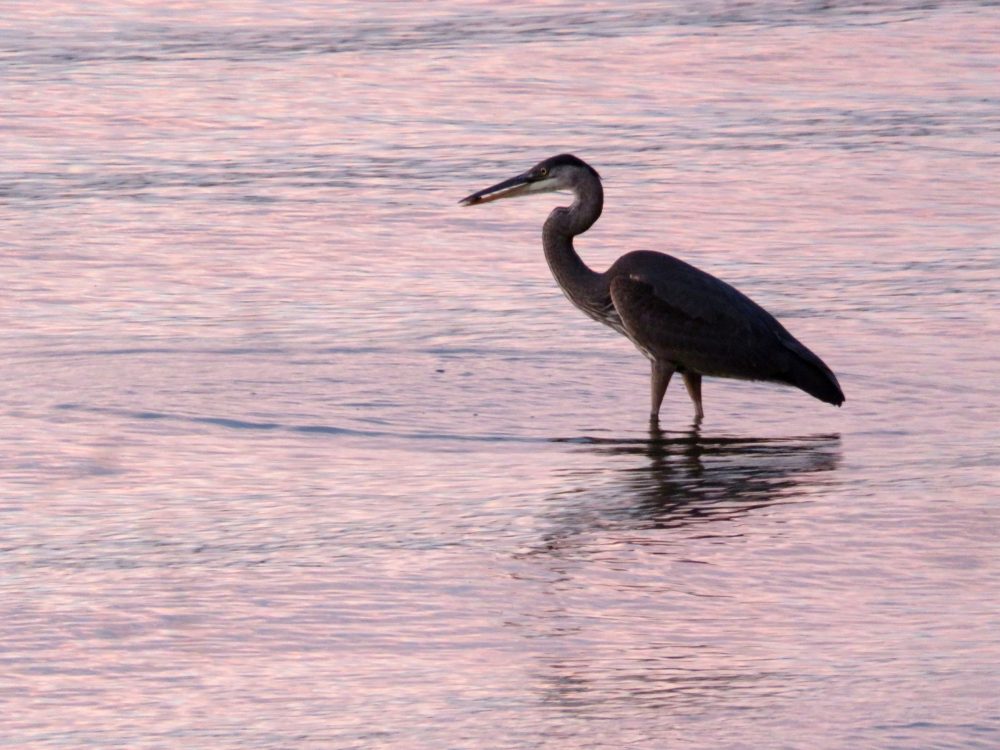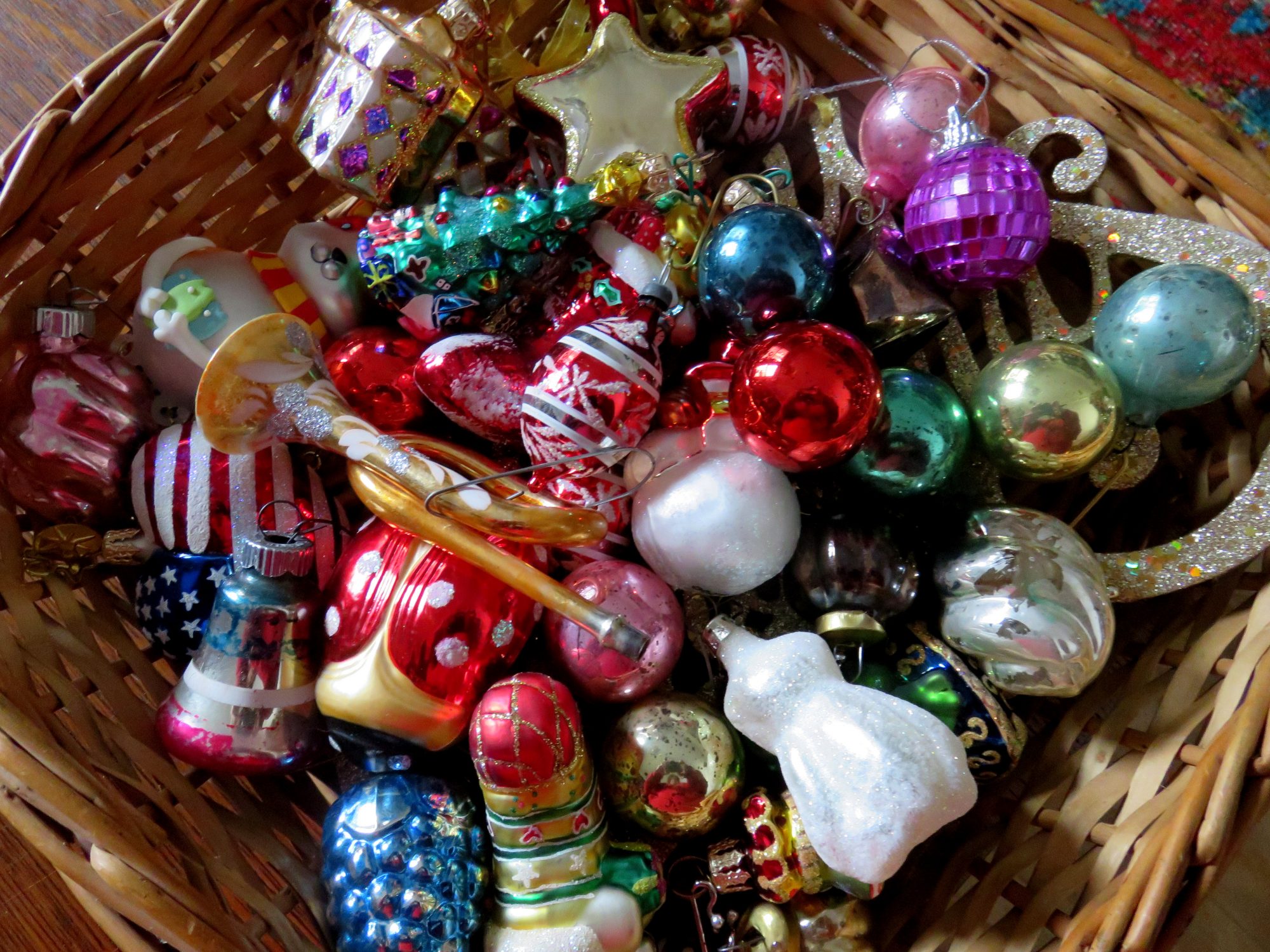
Tradition.
I love that word. It brings to mind memories of times past and occasions and activities that were so special, unique, or fun that they became incorporated into our souls and repeated over and over again.
No season seems to echo the thought of tradition more to me than the winter holidays.
For me, it’s Christmas and all that goes with it. A visit to the greens market with my friend Jan. Cookie decorating on Christmas Eve with the kids. A holiday gift exchange with good friends where we choose our gifts based on the theme of a favorite holiday song.
For my friend Jane it is baking biscotti at Hanukkah. For my interfaith cousins with a large extended family, it is a way to make gift giving for Hanukkah and Christmas both fun and economical.
My holiday decorating begins on Thanksgiving weekend. And with that seasonal launch comes the revisiting of treasured ornaments, favorite 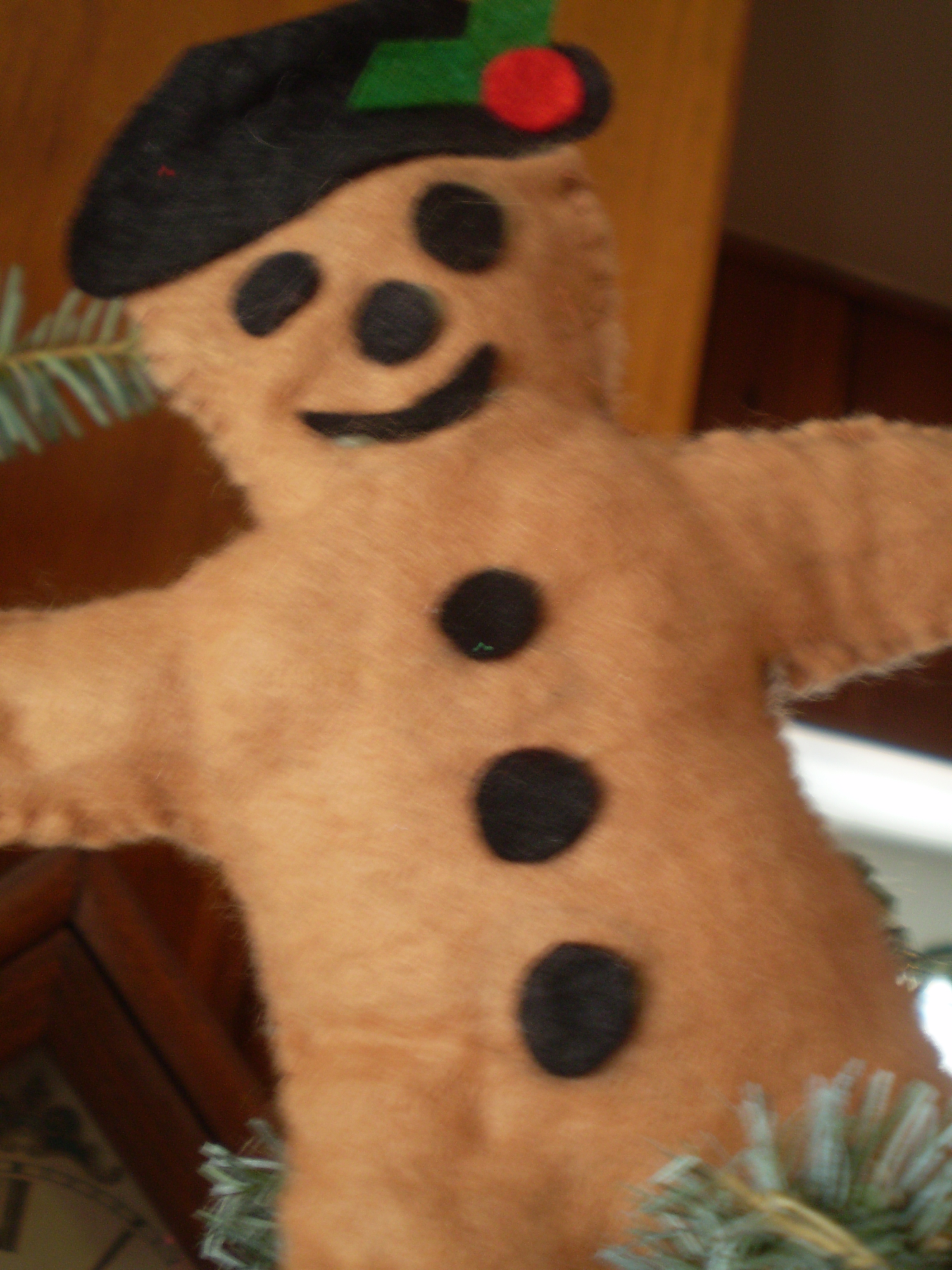 recipes and memories of all the past seasons.
recipes and memories of all the past seasons.
When I pull out the giant Gingerman my dad made for my mom, it reminds me of a tradition we used to share with our family, long before marriages and illnesses changed those holidays, making it difficult for us to get together. We would have an original gift-wrapping contest with various categories (“Best disguise of an obvious object,” “Best wrapping paper,” “Most unique”). Both adults and kids — we were all teens or in college — participated, spending hours dripping candle wax over a small, square box to create a faux candle or turning a rolled-up poster into a trumpet.
One year, after Mom had been making tiny stuffed gingerbread-man ornaments, Dad stitched up a giant one, leaving a small hole in its side where he hid a pair of earrings. It’s now the topper on one of my trees.
Other ornaments and decorations remind me of special times and people. An Eiffel Tower or dangling piece from Japan recall trips Rick and I have enjoyed together. The creche my parents bought in Mexico has a spot, along with the Santa my friend Mary Jane made for me several years before she passed. They’re all part of my Christmas and they will all be on the tree or in my home, no matter where I might one day live.
When Rick and I joined forces, his boys were quite young. That’s when we started the Christmas Eve cookie decorating tradition. I made the cut-outs ahead of time and after our dinner was tidied up, we’d get out the frosting and go to town. Some of the creations were artistic and elegant. Some were just obnoxious sugar bombs. The cookies would end up as dessert the next day, with some  headed off to their mom, others shared with friends or neighbors.
headed off to their mom, others shared with friends or neighbors.
Those boys are grown now and one even has two boys of his own. And we still do cookies. It may not be on “official” Christmas Eve. But we’ll gather at the table, cups filled with colorful frosting and enjoy our time together.
That’s the other thing. Traditions evolve over time. Families expand and we learn to “share” those we love with others. But we hold tight to the feelings, the essence of the holiday.
My Cleveland cousins started a new shopping tradition several years ago when getting presents for the extended family of 17 or more became a financial nightmare. With all the children as adults now, this became a fun, easy way to cut down expenses. Each person would get a one, five, ten, and twenty dollar gift that could go to a male or female. These would be exchanged by drawing numbers. They would draw a name for a special present in the thirty dollar zone for one person.
The exchange brought loads of laughs, the financial cost was significantly reduced (they used to all exchange!), and it was a fun challenge to find the right thing. (Dollar Tree certainly benefited from this!)
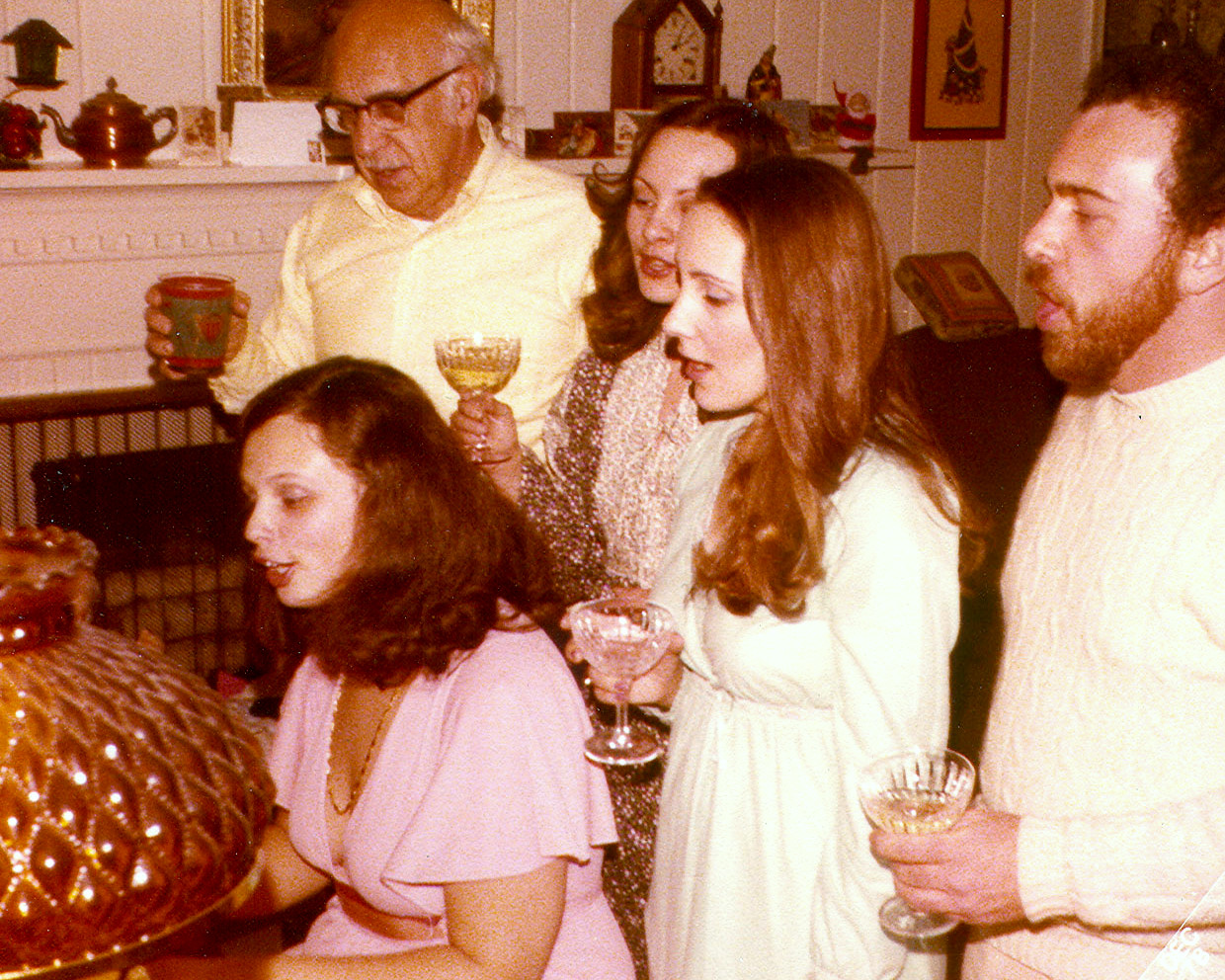
About fifteen years ago we started a tradition with another couple of choosing a holiday song as our theme for gift giving. We set a twenty-five dollar limit and pick a song. Sometimes we interpret literally (when we did “The Christmas Song” we both found “chestnuts” to roast on an open fire!). We’ve done “The Twelve Days of Christmas,” “Let it Snow!,” “White Christmas,” “Deck the Halls,” “Christmas Island,” “Jingle Bell Rock” and many others. The changing theme helps the concept never get old!
I will always make my cousin Bonnie’s “Jingle Balls,” (which you may know as Italian wedding cookies or snowballs), along with several other cookies that are holiday “musts.” We’ll have the roast beef Christmas Eve dinner that Rick’s grandfather used to make for them and the strata
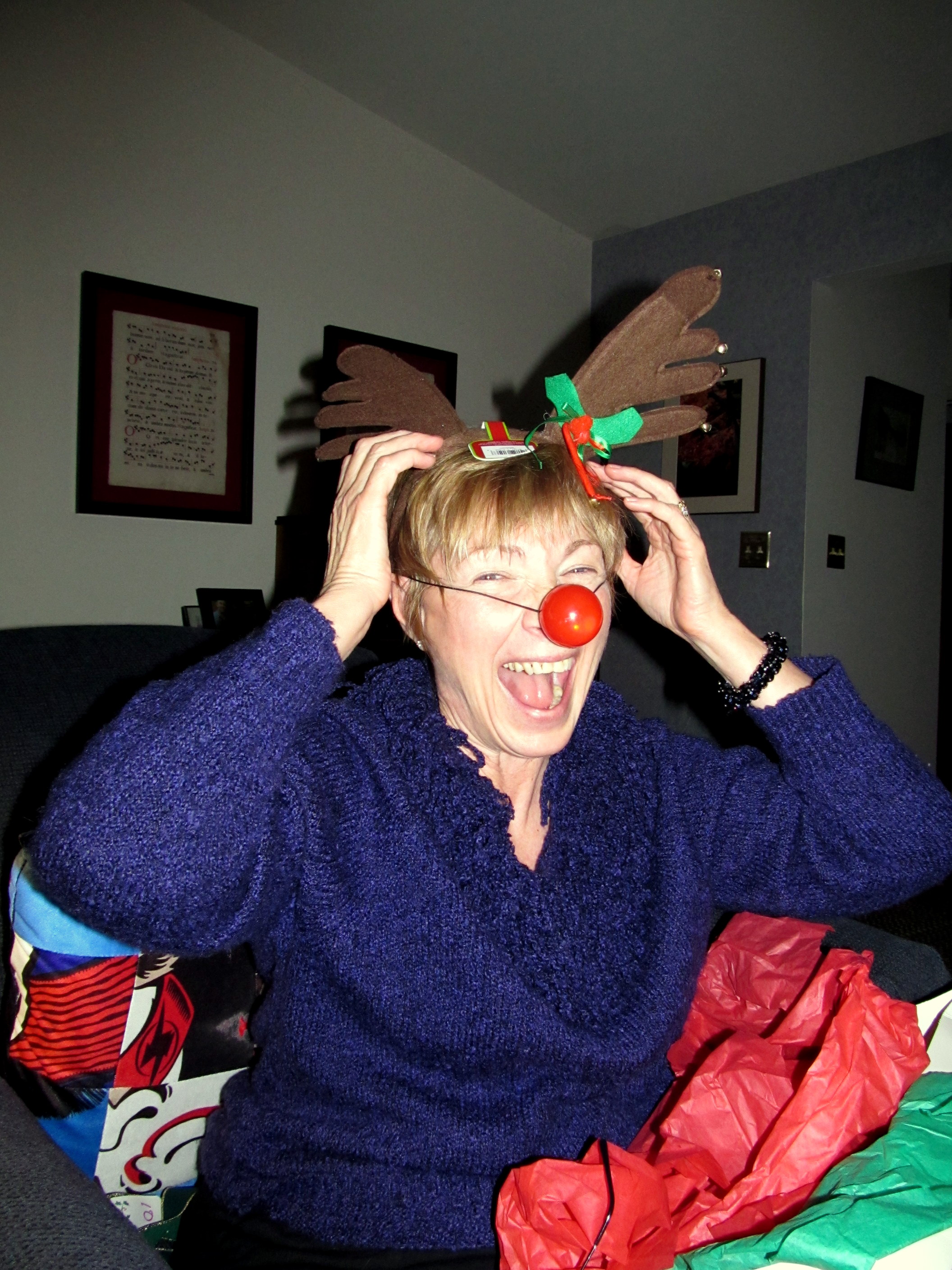
breakfast casserole that goes in the oven while we open presents on Christmas morning. We will watch “A Christmas Story” and “Love Actually” and I will be sure to watch “White Christmas” (by myself, probably, since everyone else burned out on that one.)
And that’s OK. Because for me, traditions are both those shared with others and those we hold close to ourselves. That moment of quiet to remember those no longer with us, a review of photos from Christmases past. When I decorate the little tree in my bedroom that has fishing ornaments and other things that remind me of my dad, he’s there with me, just as mom appears when I set the table with her Spode Christmas tree china and silver. To others, it might just be a tree or a pretty table setting. But I know.
As time evolves, new traditions emerge and those that no longer work are gently set aside as sweet memories.

What are your treasured holiday traditions? Hold them close and share them, too. Pass them down to the next generation. They’ll change in time to be sure. So will we. But they will remain in our hearts as we recall family, friendships, holidays and most of all, love.
About the Author: Jeanie Croope
 After a long career in public broadcasting, Jeanie Croope is now doing all the things she loves — art, photography, writing, cooking, reading wonderful books and discovering a multitude of new creative passions. You can find her blogging about life and all the things she loves at The Marmelade Gypsy.
After a long career in public broadcasting, Jeanie Croope is now doing all the things she loves — art, photography, writing, cooking, reading wonderful books and discovering a multitude of new creative passions. You can find her blogging about life and all the things she loves at The Marmelade Gypsy.

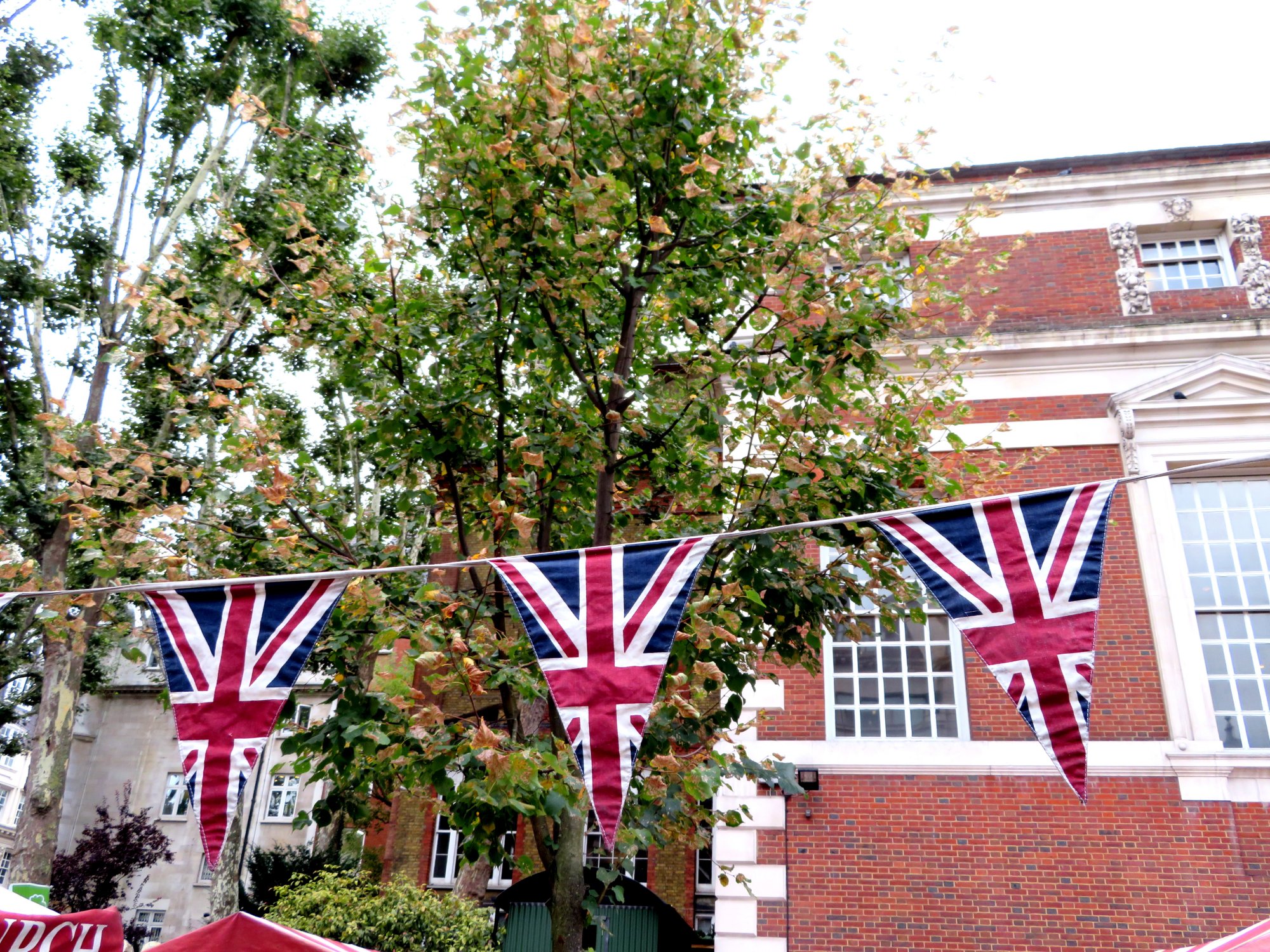
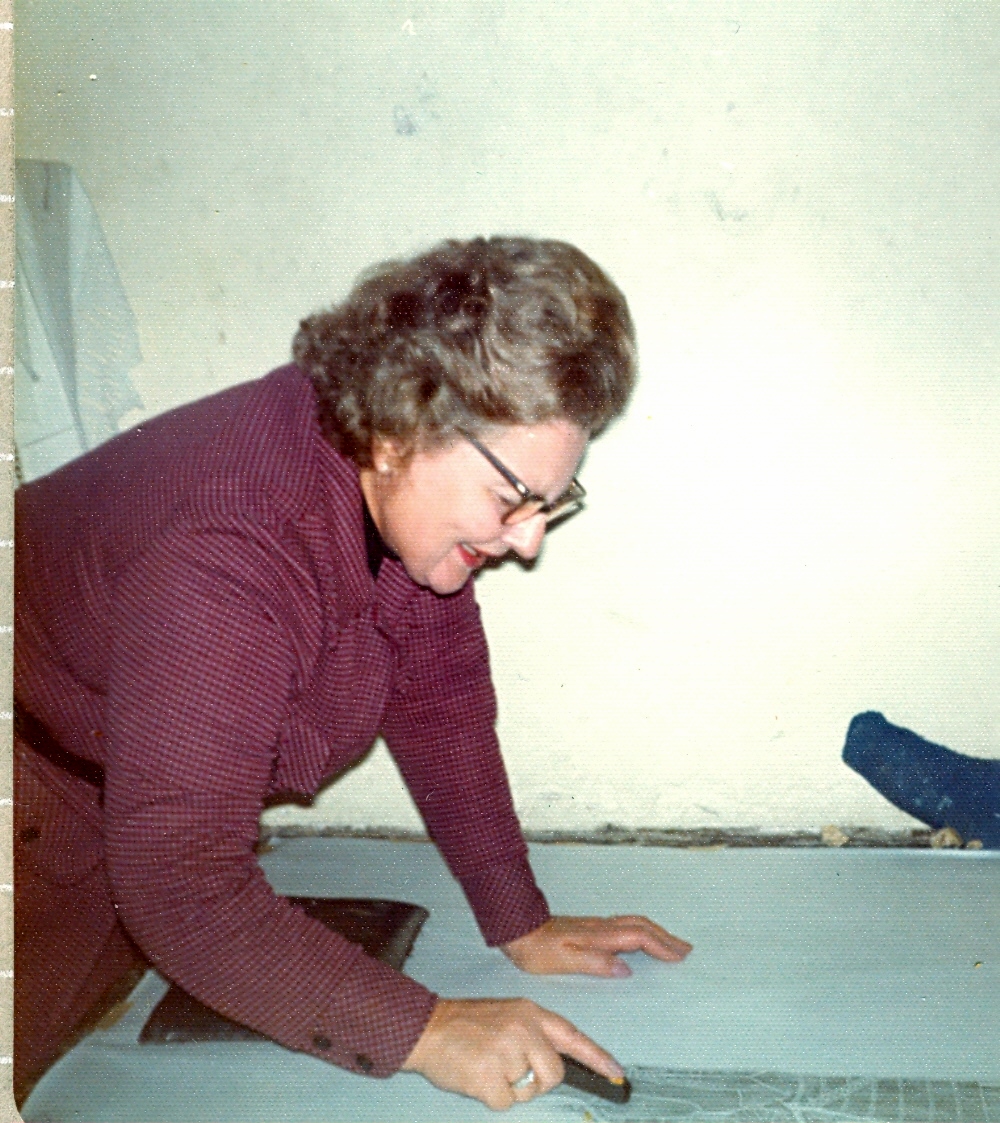 And so, on that early September morning, my mother and I went to London for what would be two weeks of theatre, history and fun.
And so, on that early September morning, my mother and I went to London for what would be two weeks of theatre, history and fun.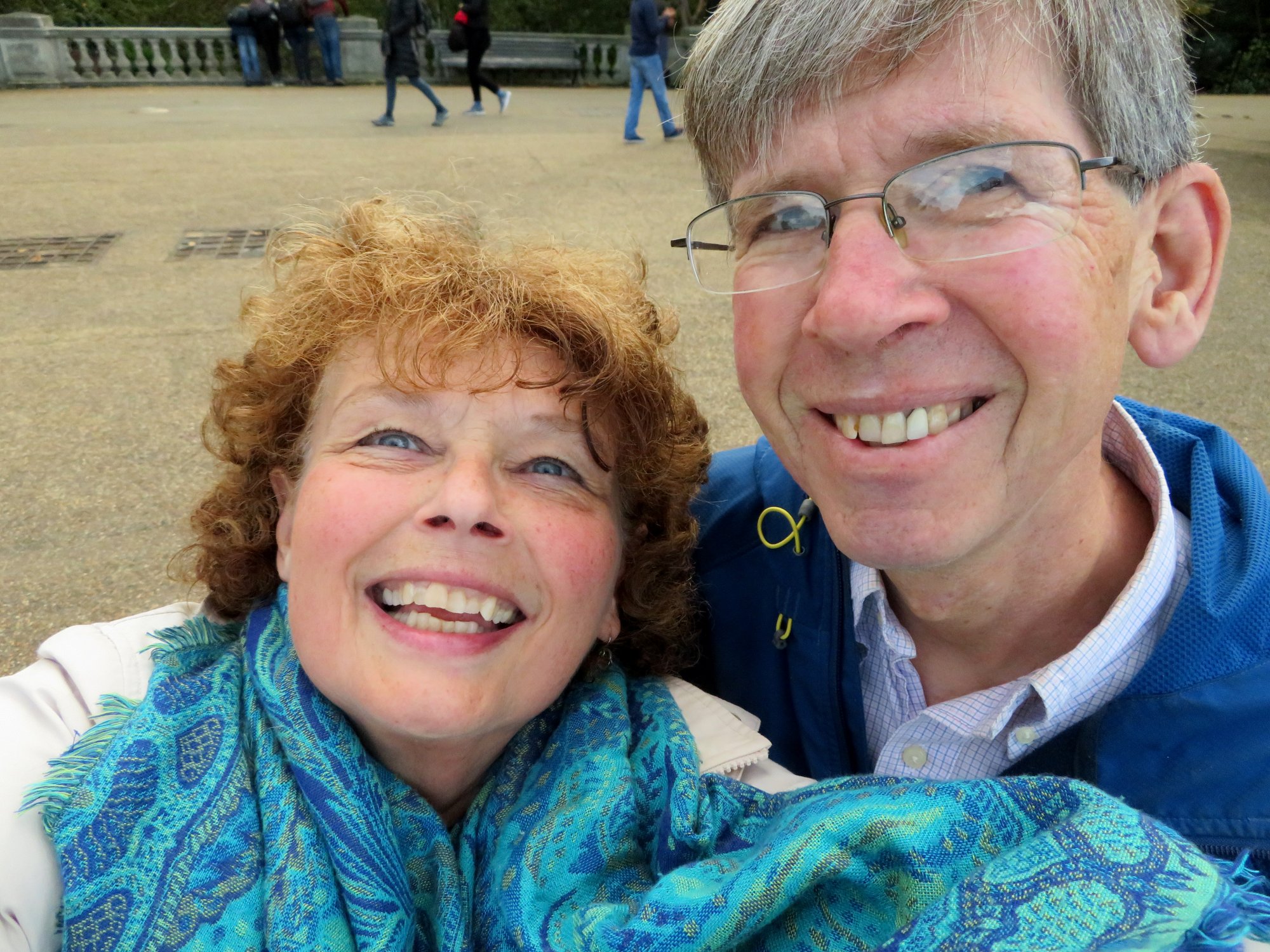
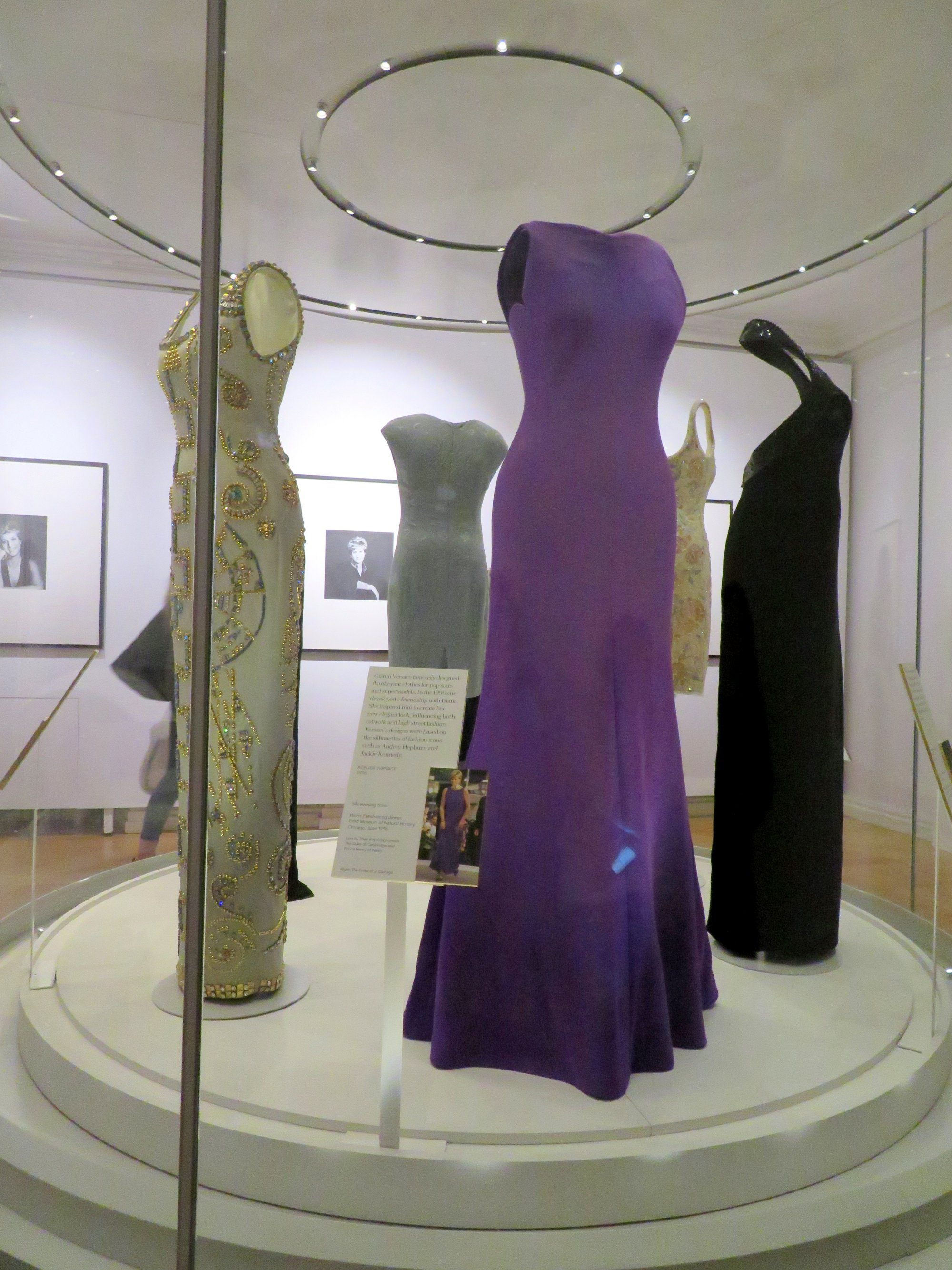 traveling for myself and to be with Rick, certainly. But I was also traveling for my mom.
traveling for myself and to be with Rick, certainly. But I was also traveling for my mom.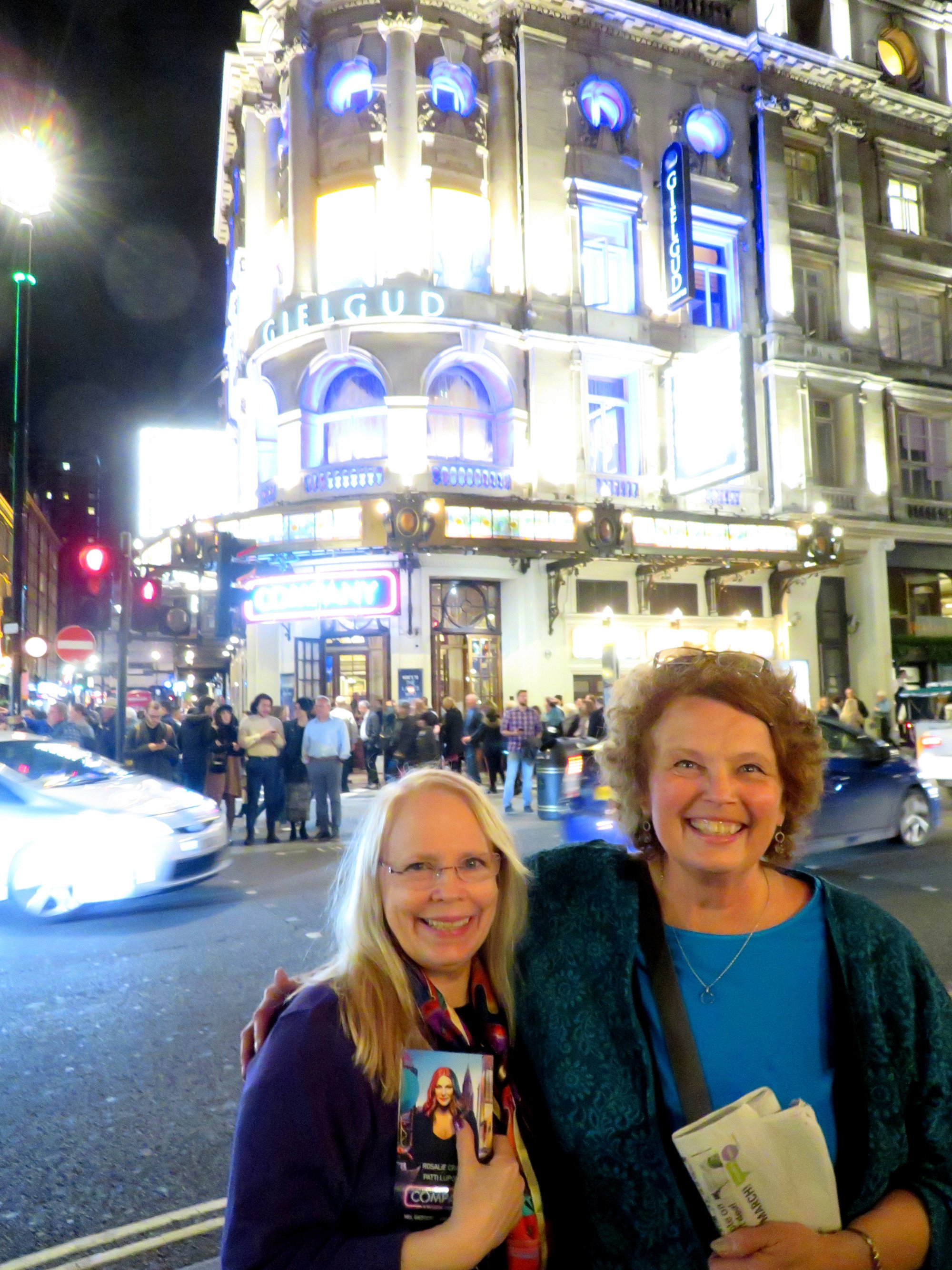 of a very few who actually knew my mom and remembered her.
of a very few who actually knew my mom and remembered her.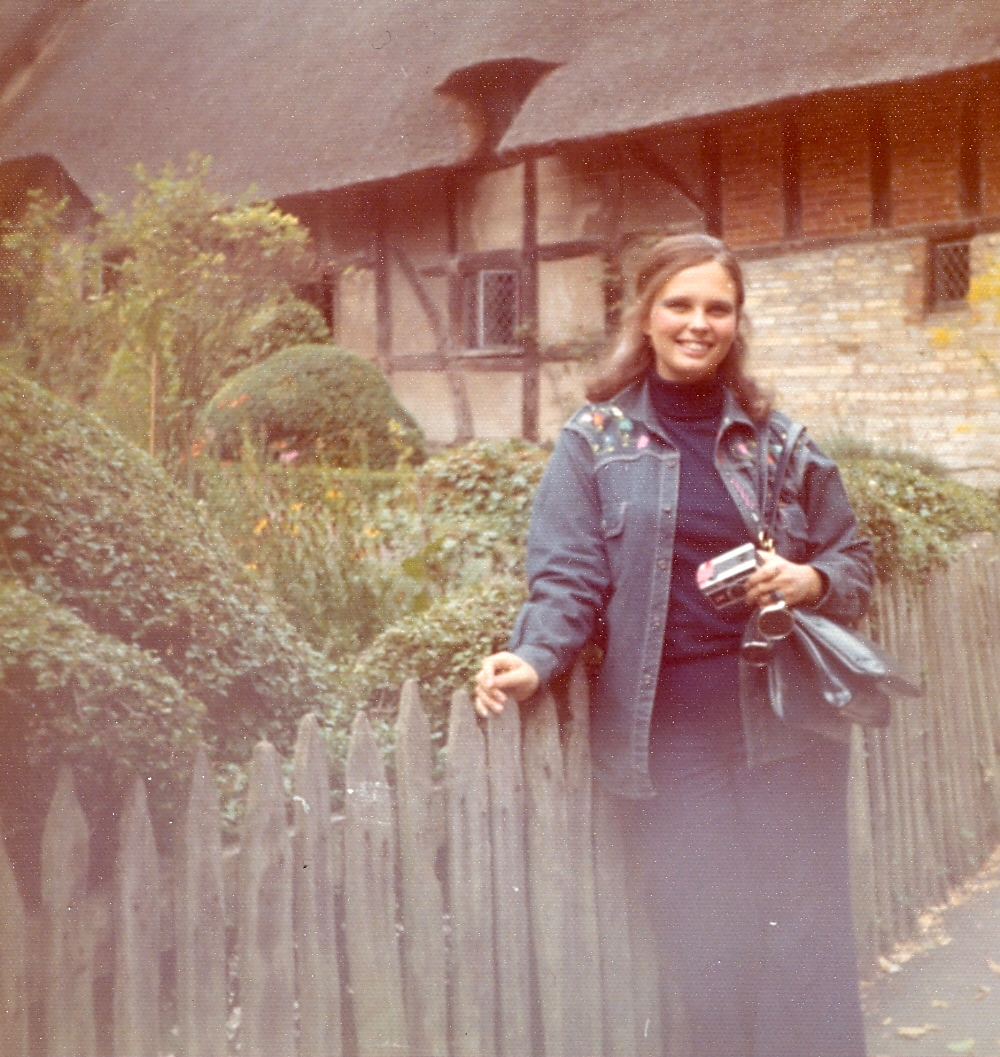 delectable lunch with one of her old friends.
delectable lunch with one of her old friends.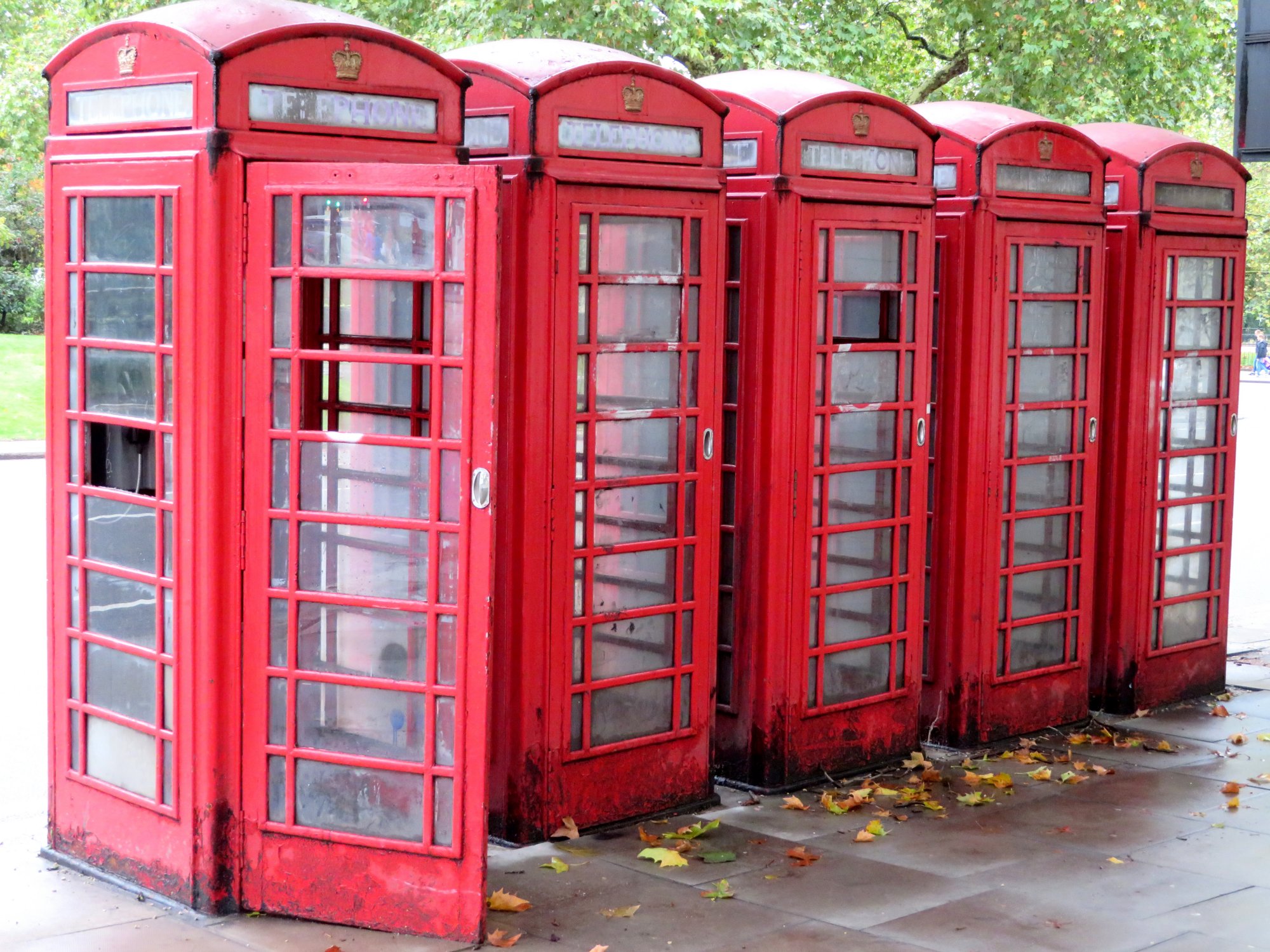
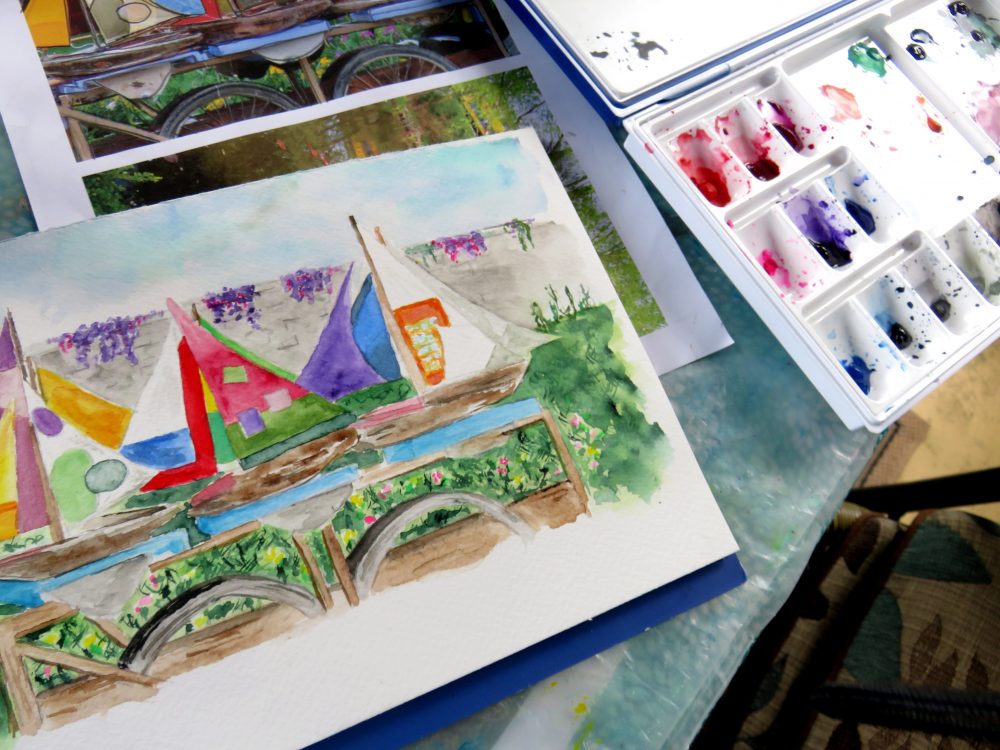
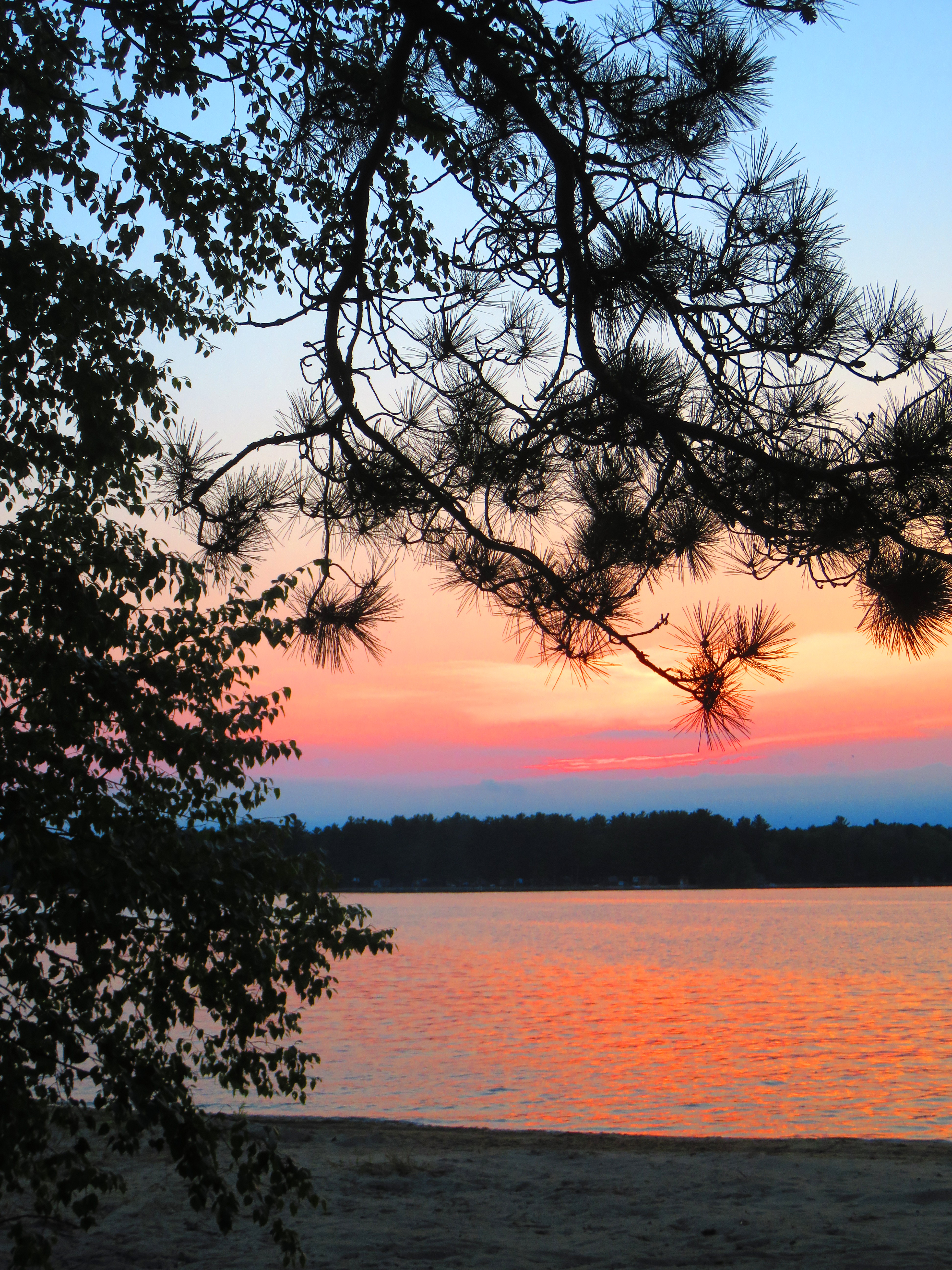 mutual passion for creating. For one, it was paint and linoleum block printing. For the other, it was a combination of mixed media and craft.
mutual passion for creating. For one, it was paint and linoleum block printing. For the other, it was a combination of mixed media and craft.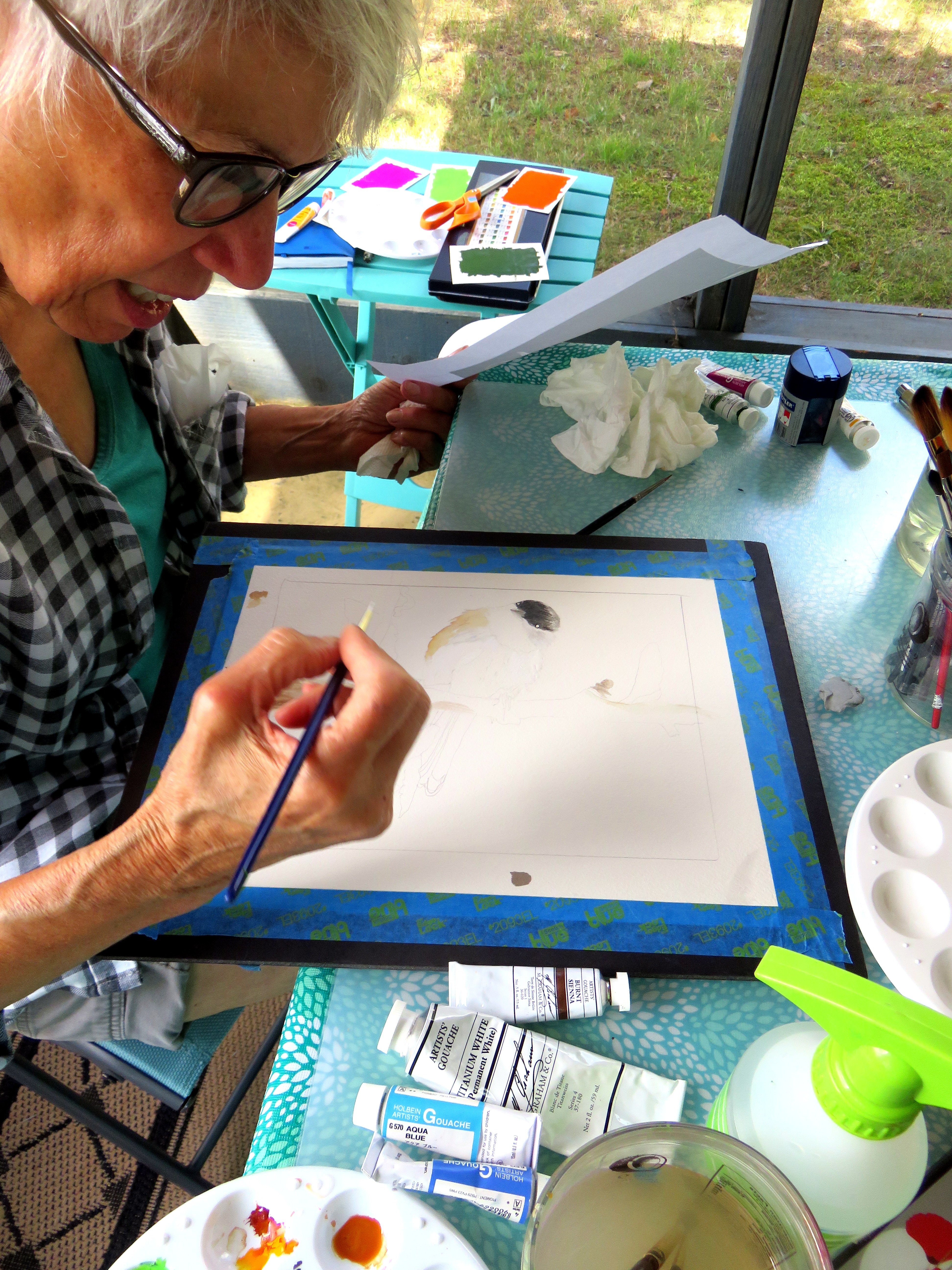 of a Miss Fisher Mystery on Netflix and most of all, time to create.
of a Miss Fisher Mystery on Netflix and most of all, time to create. makes and sells each December.
makes and sells each December.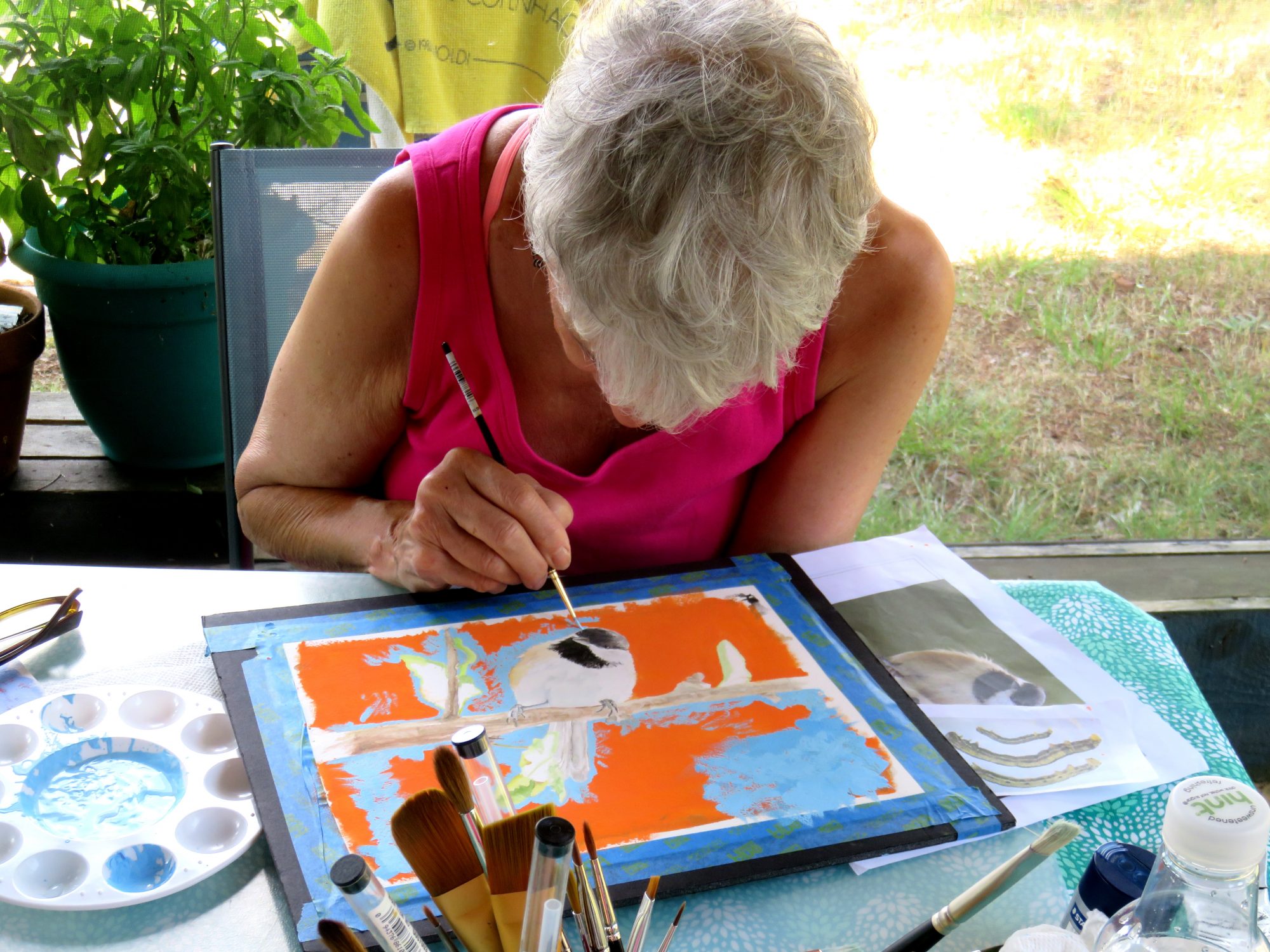
 table in from the porch and set up in the living room, keeping the fireplace glowing and space heaters on high.
table in from the porch and set up in the living room, keeping the fireplace glowing and space heaters on high. hand.
hand.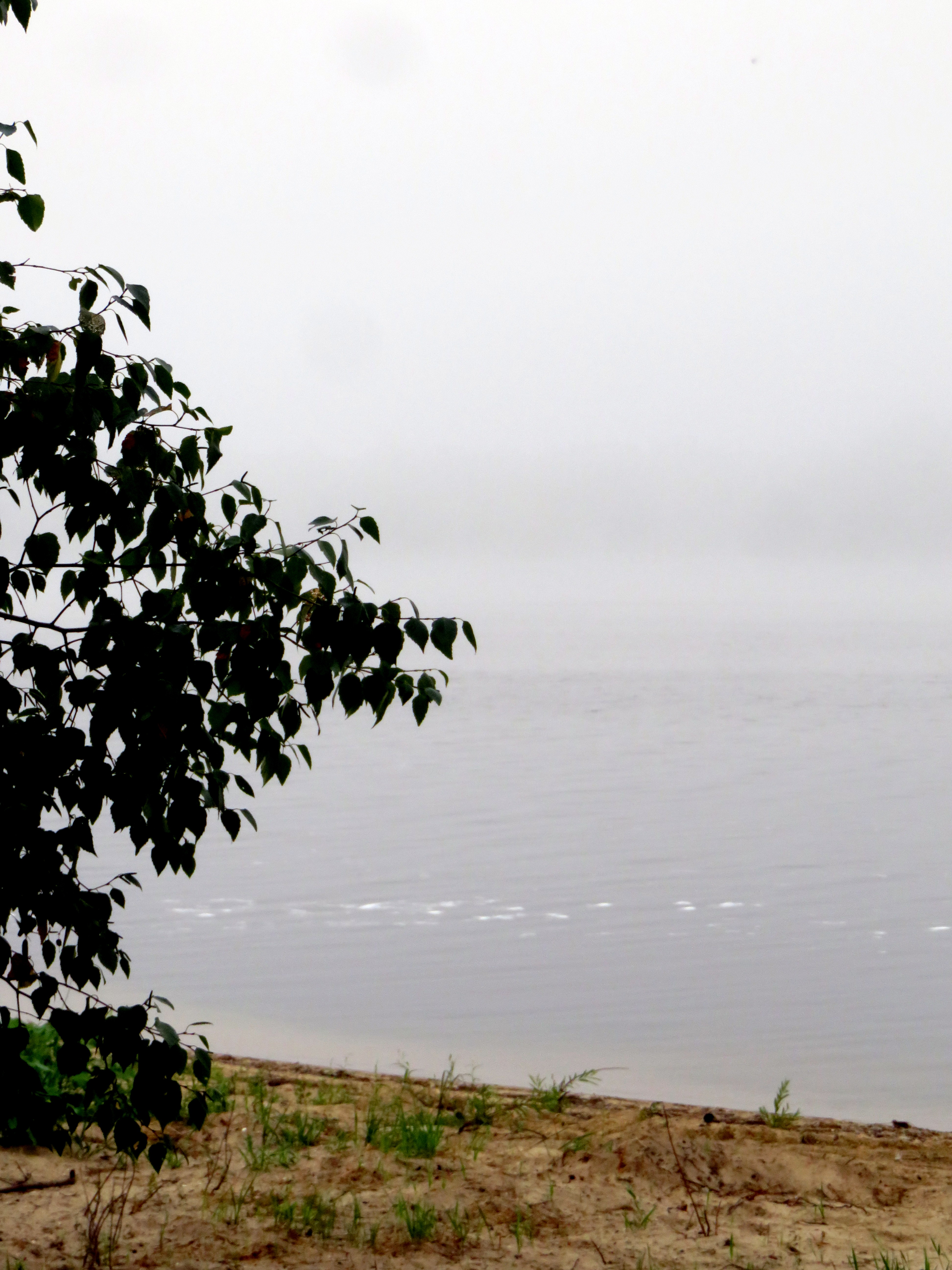
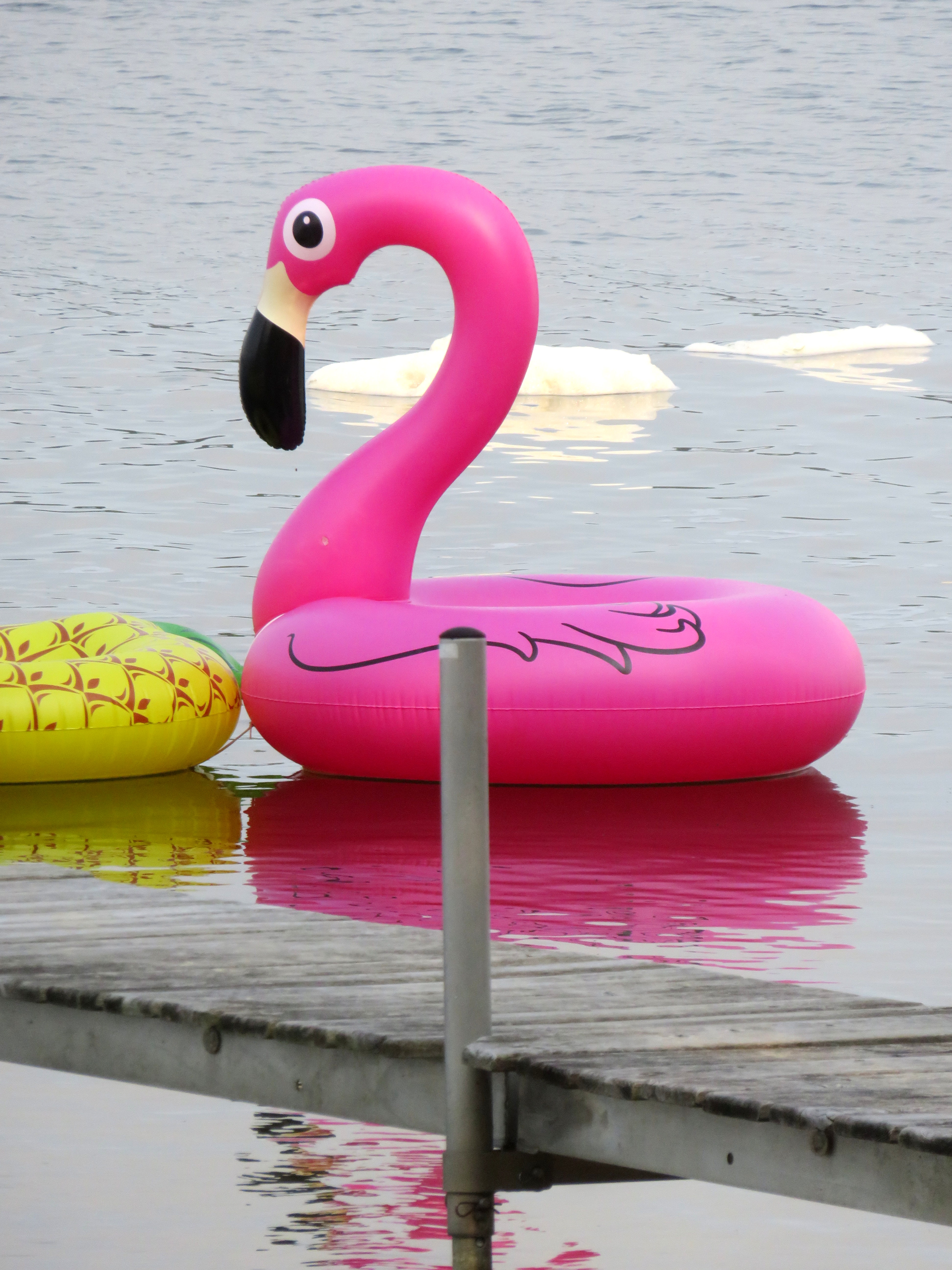
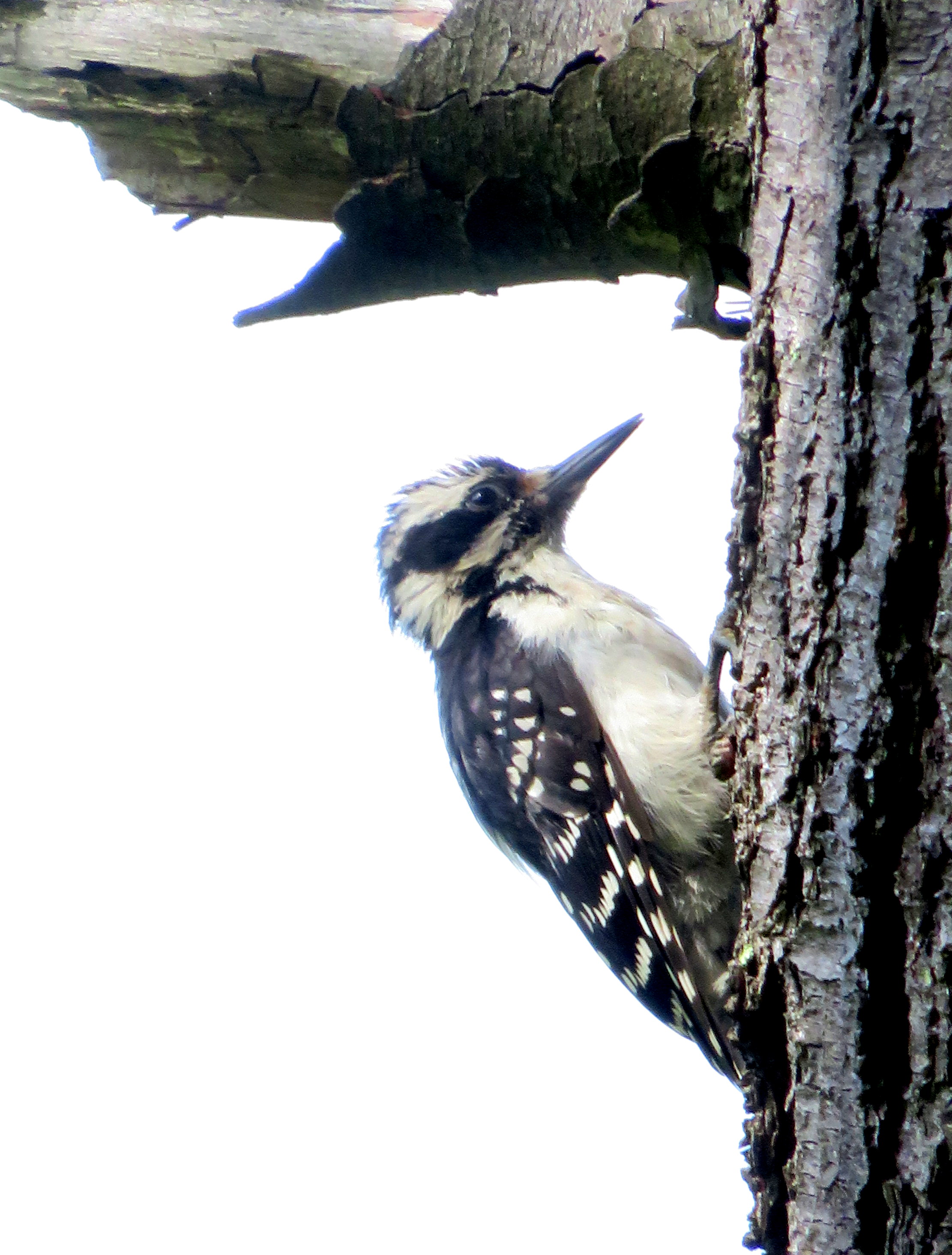
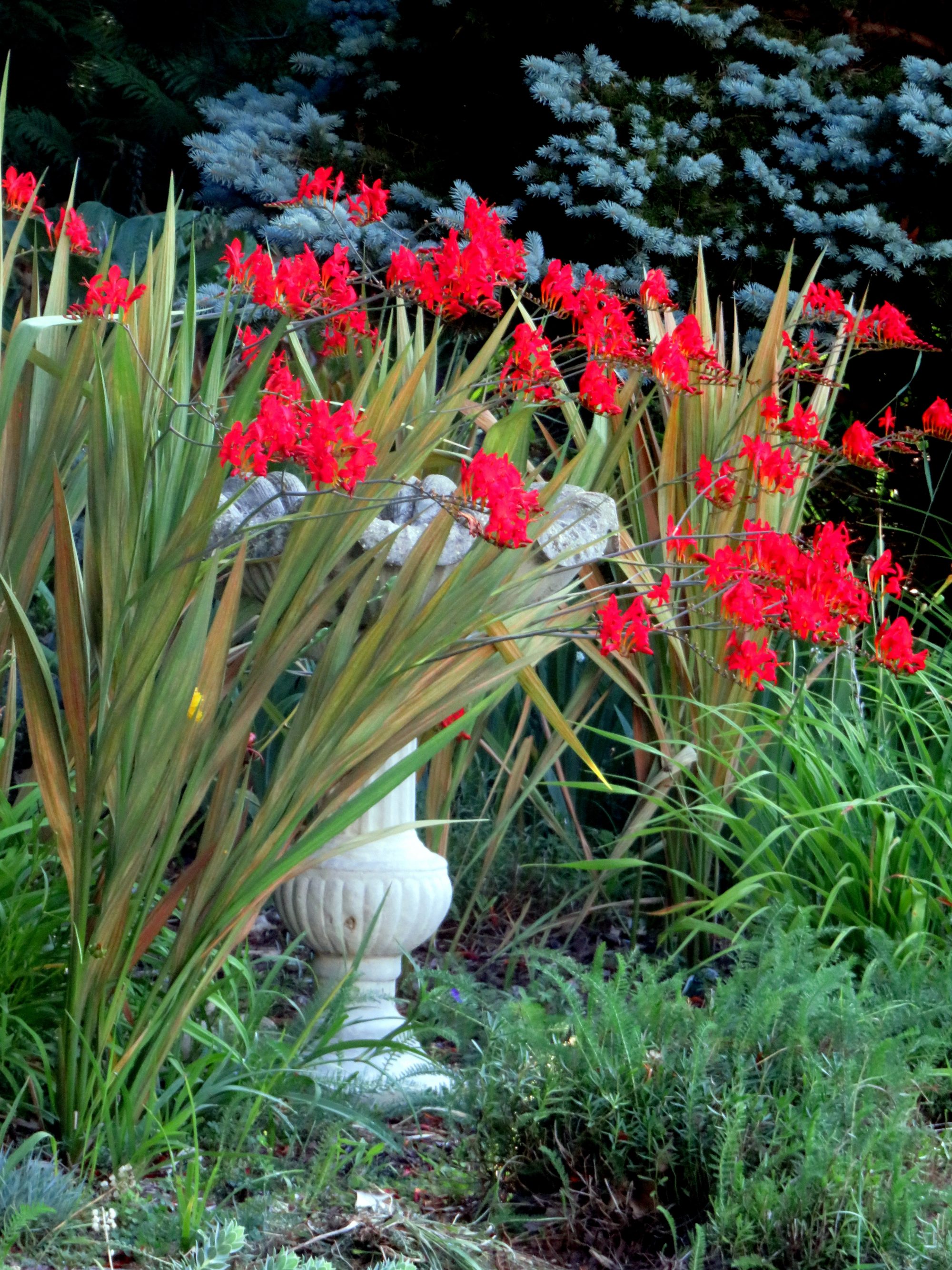
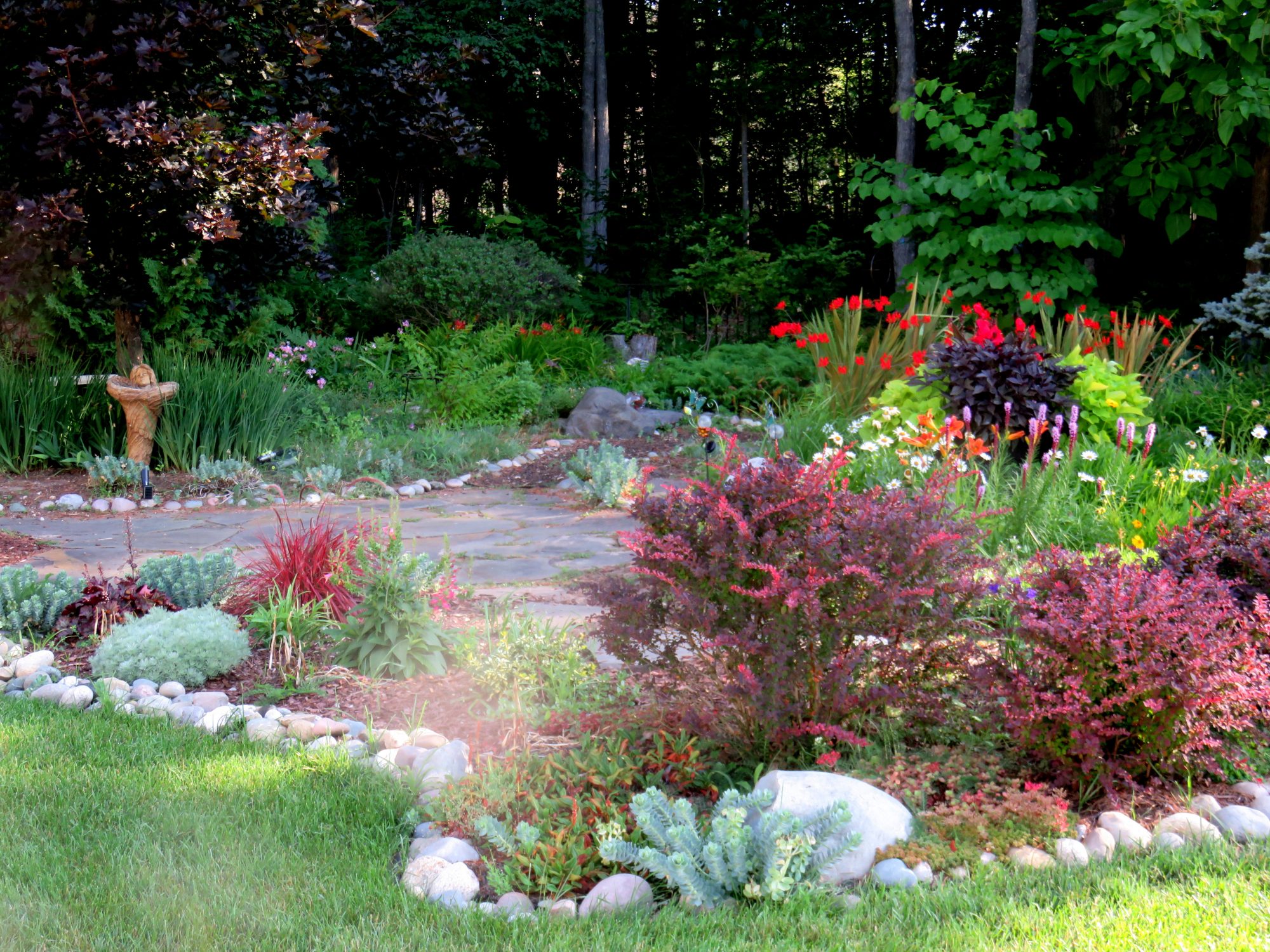
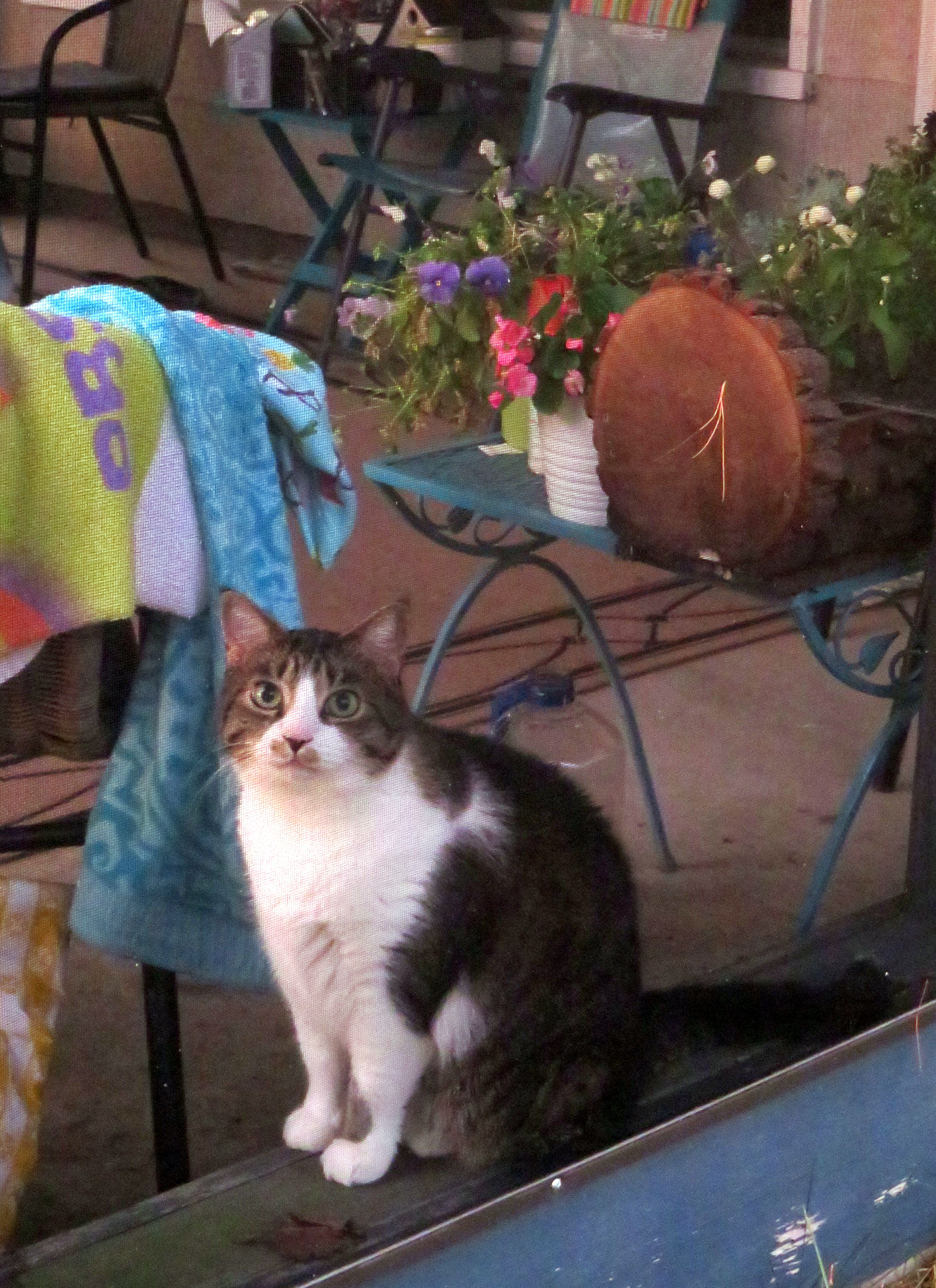
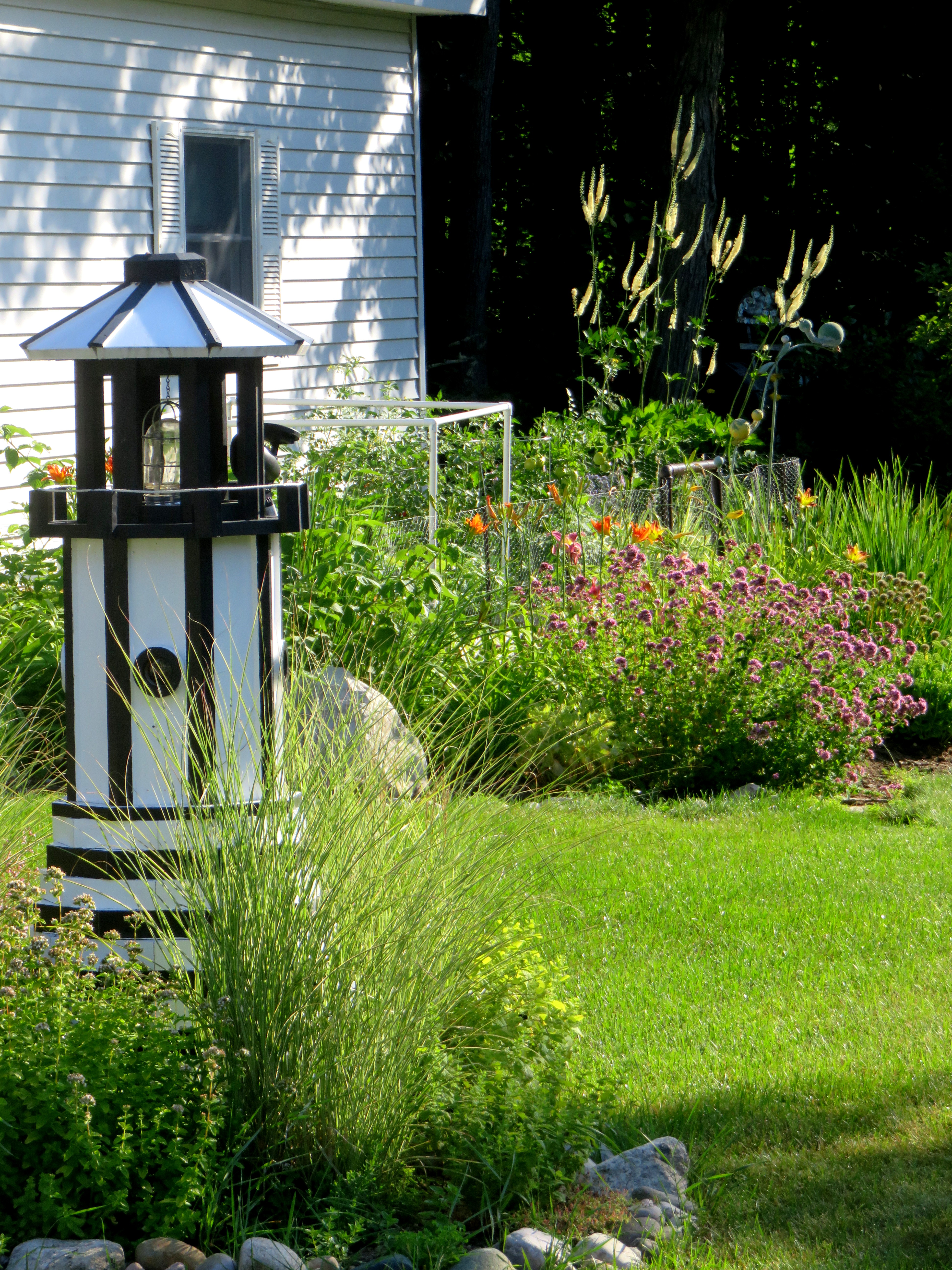
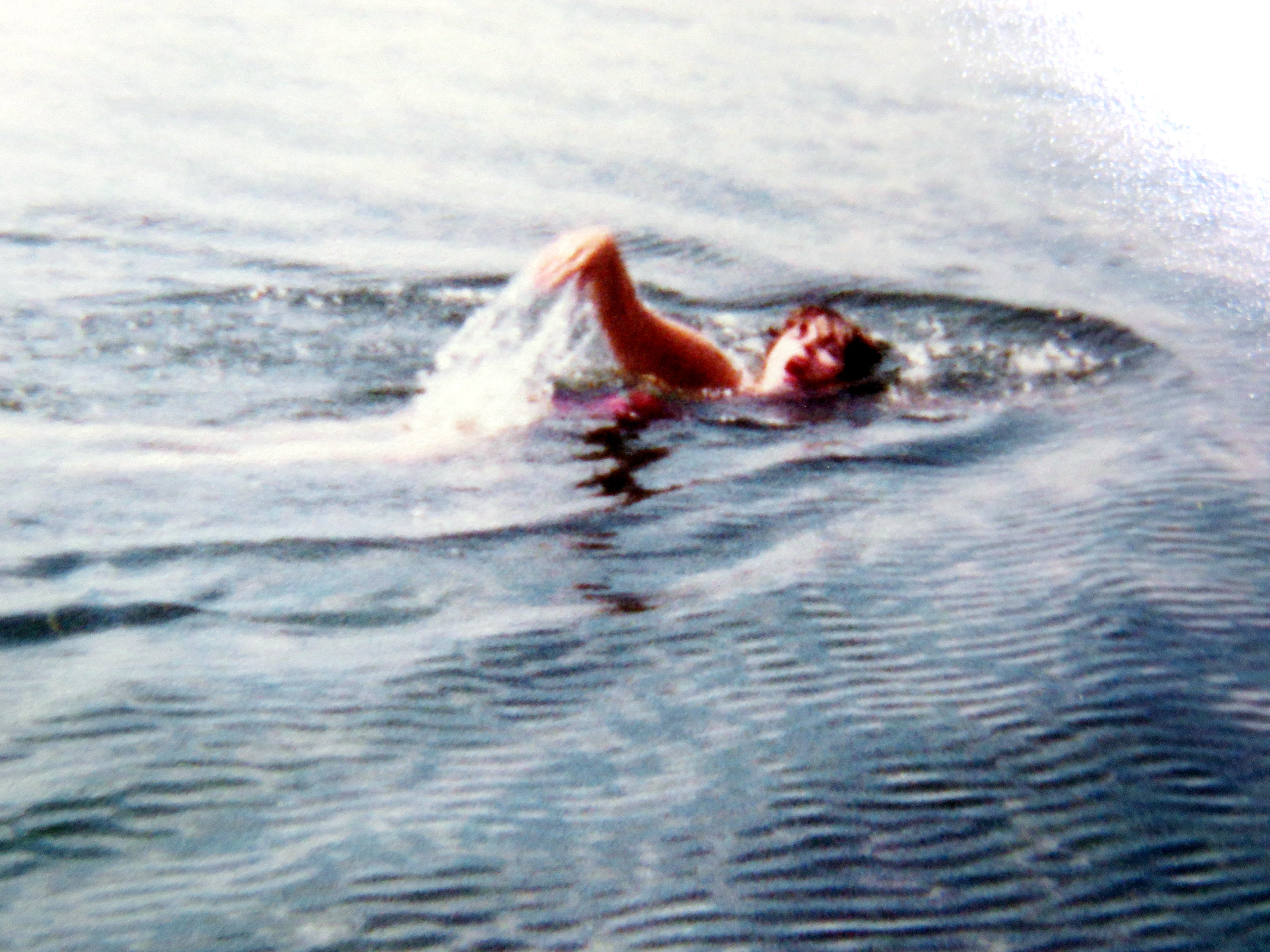
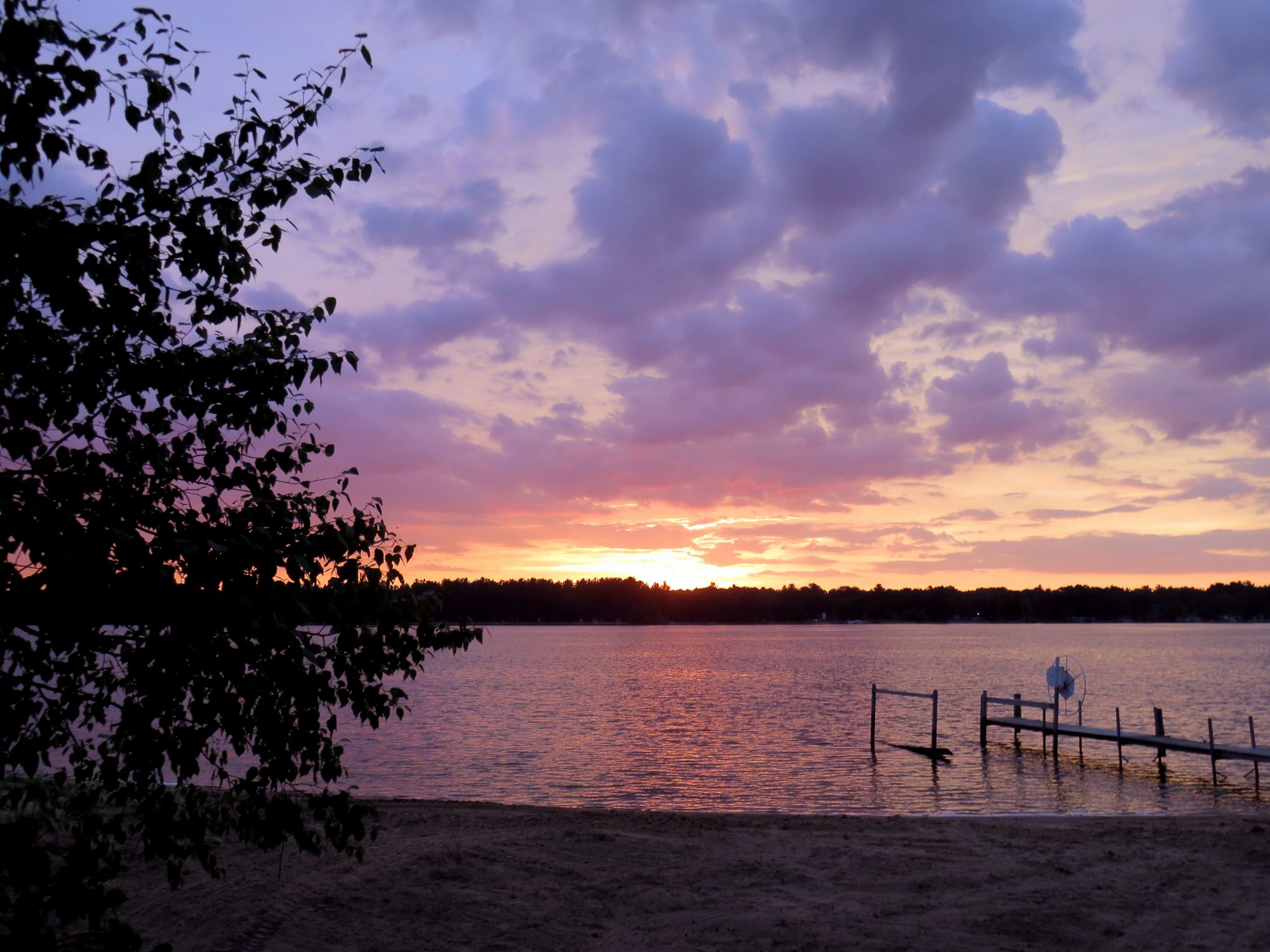
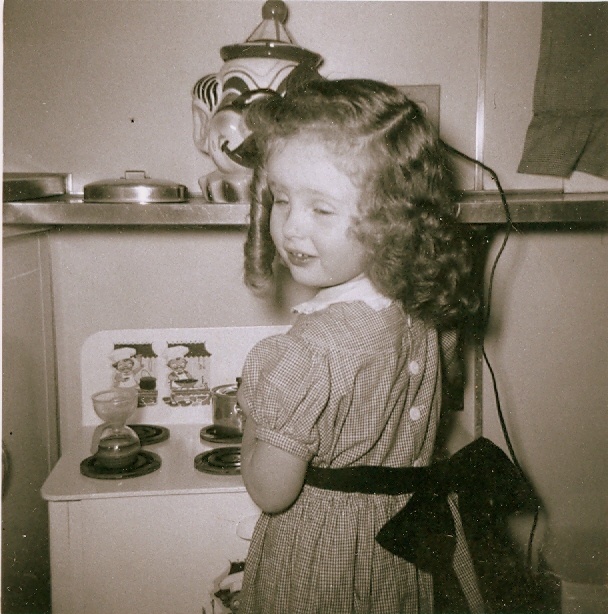
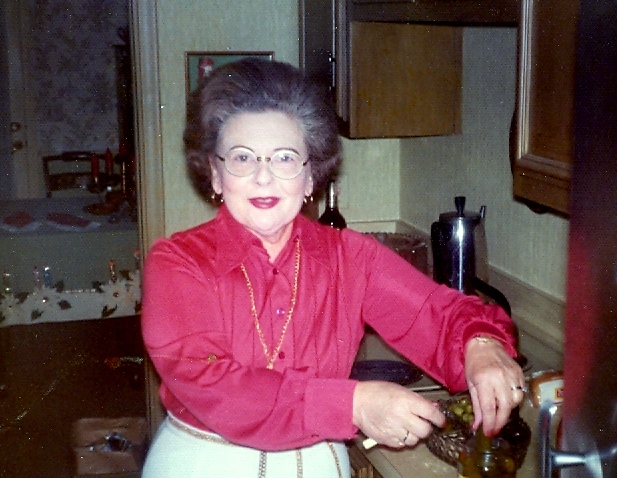
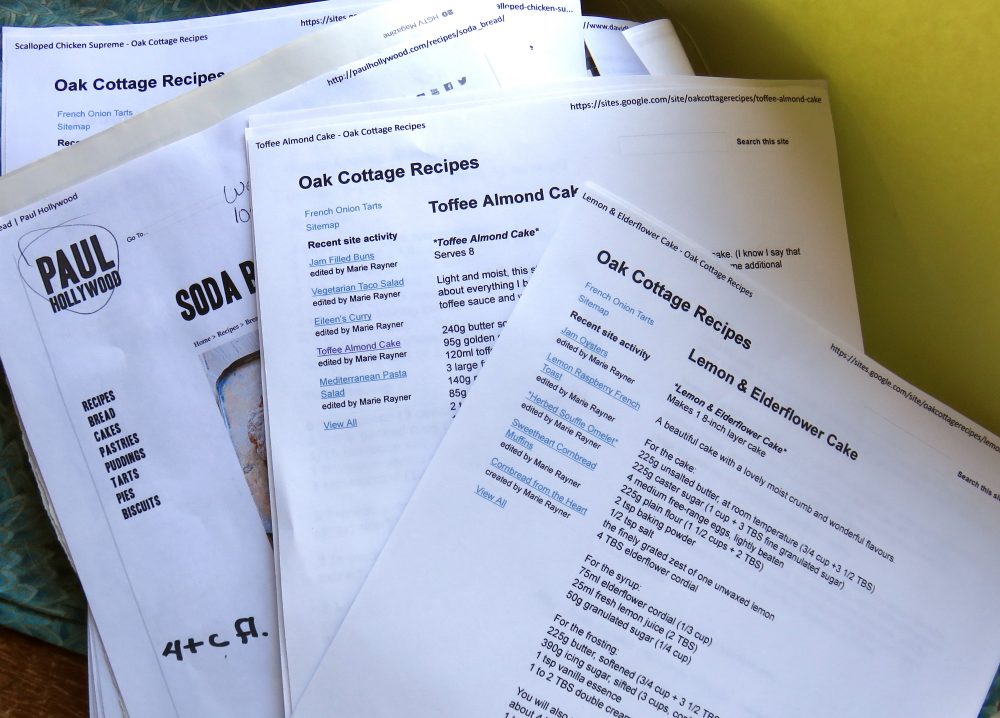
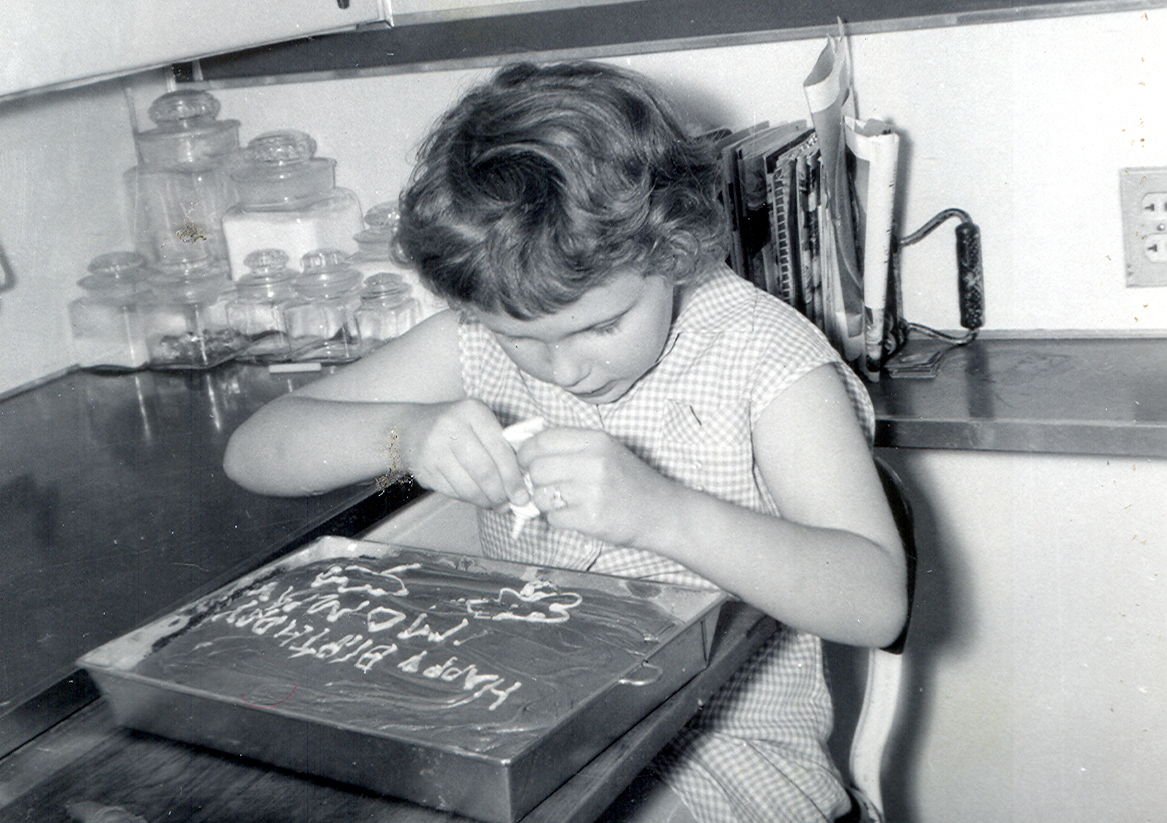
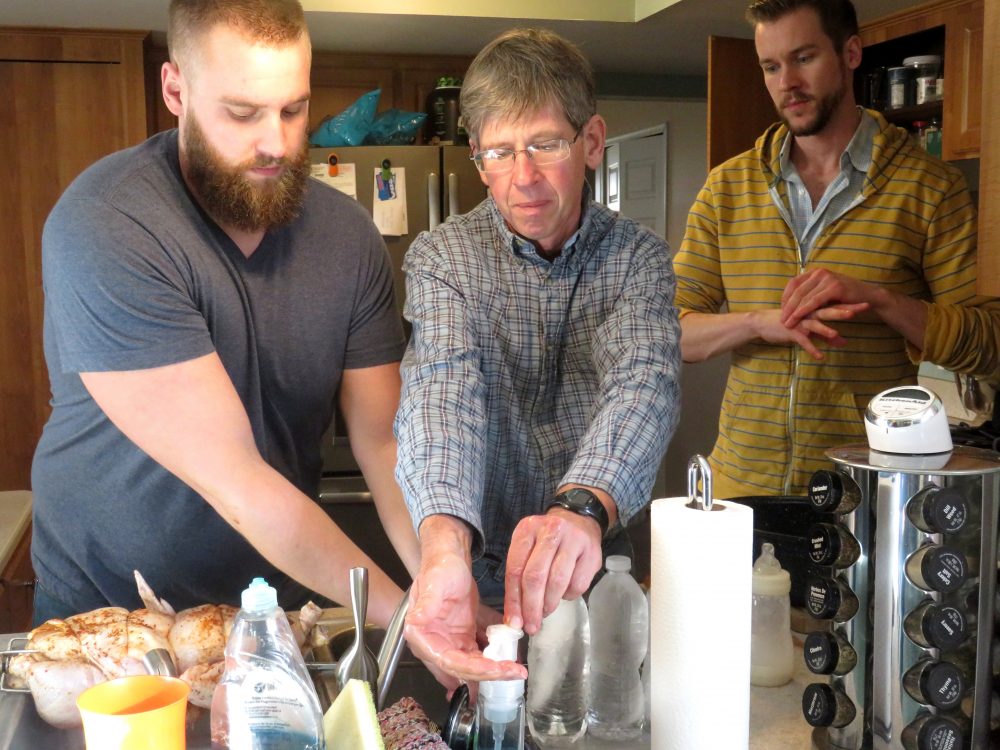
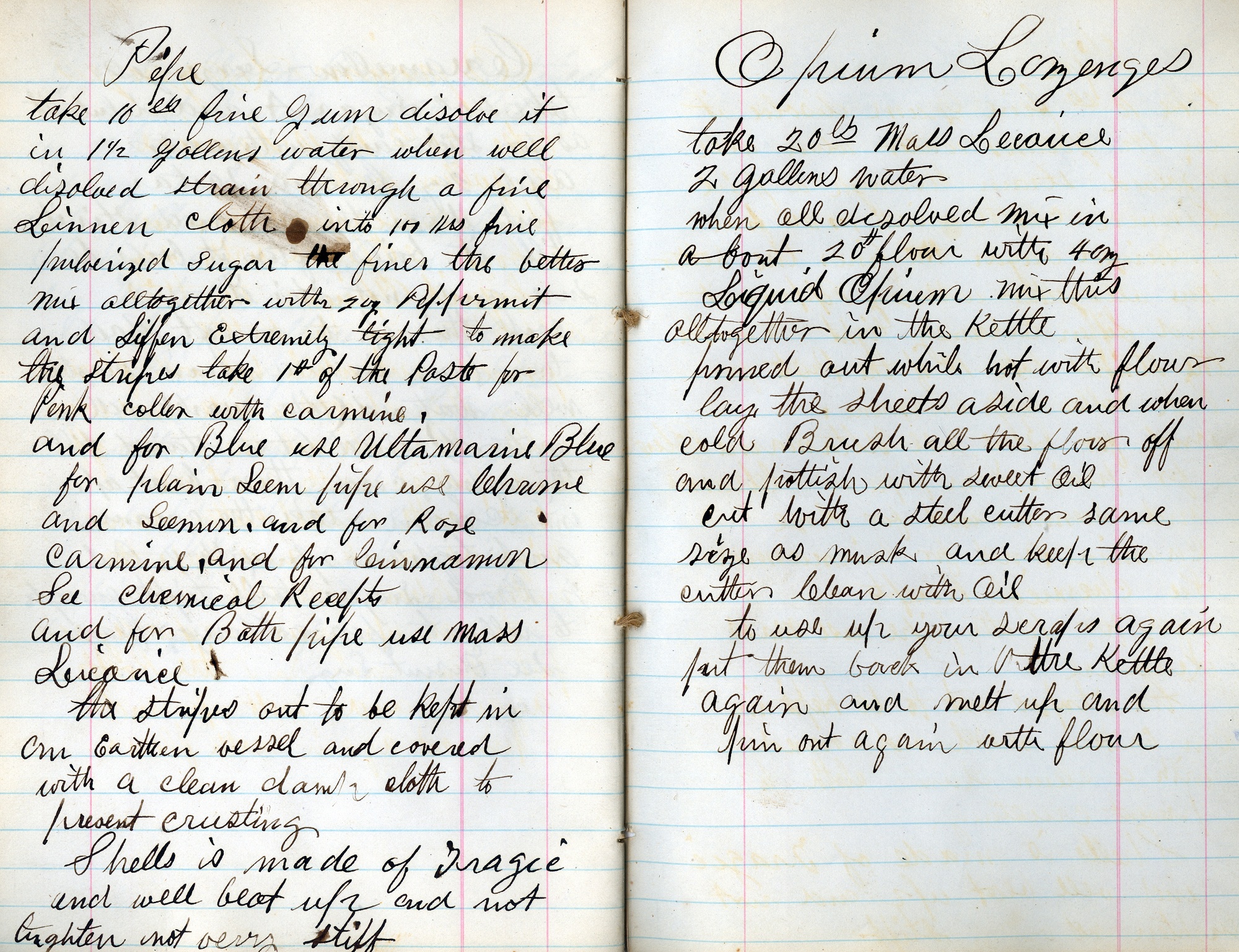
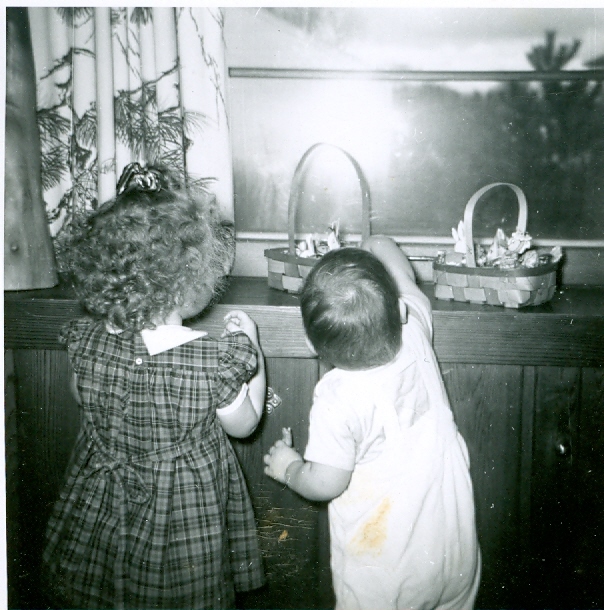
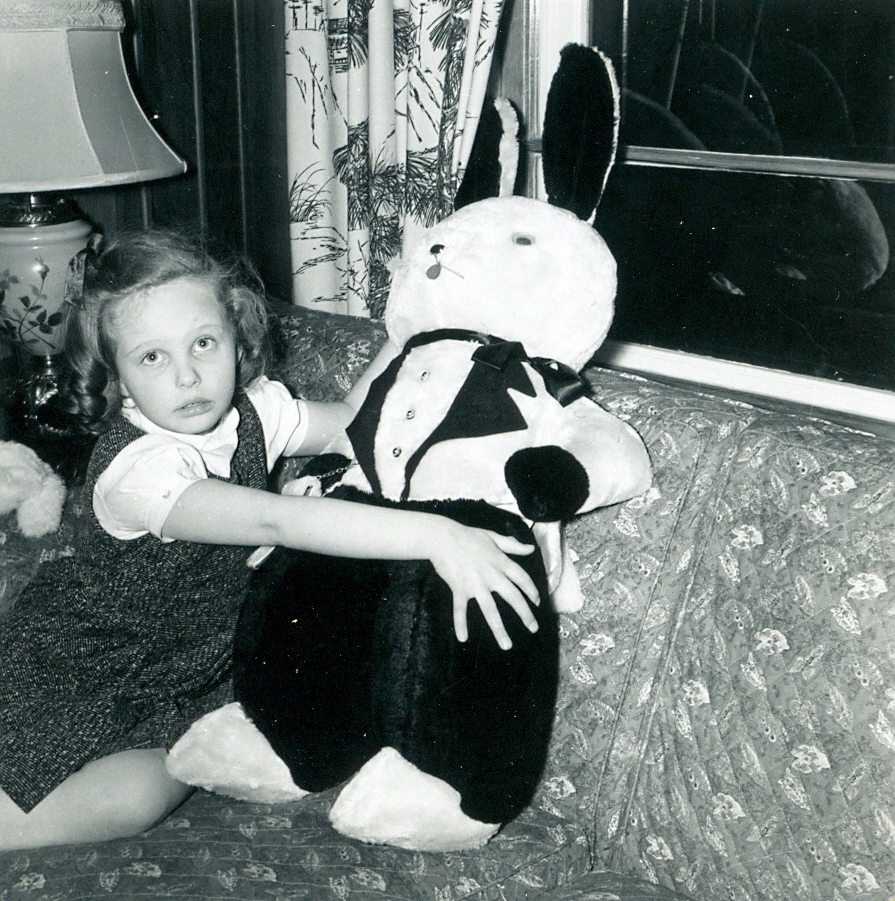
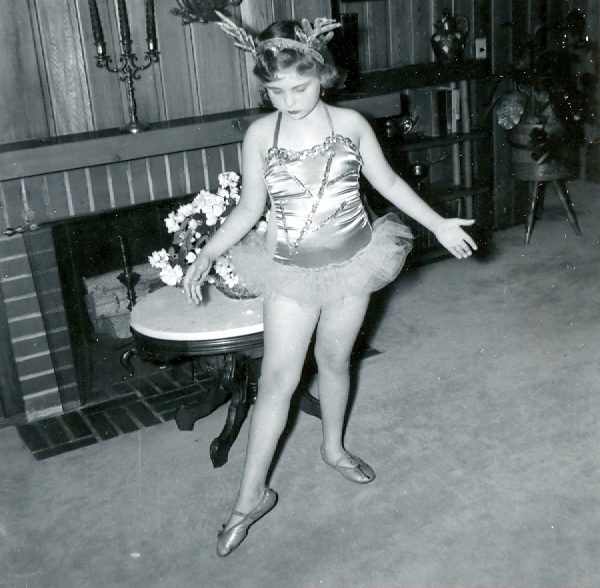
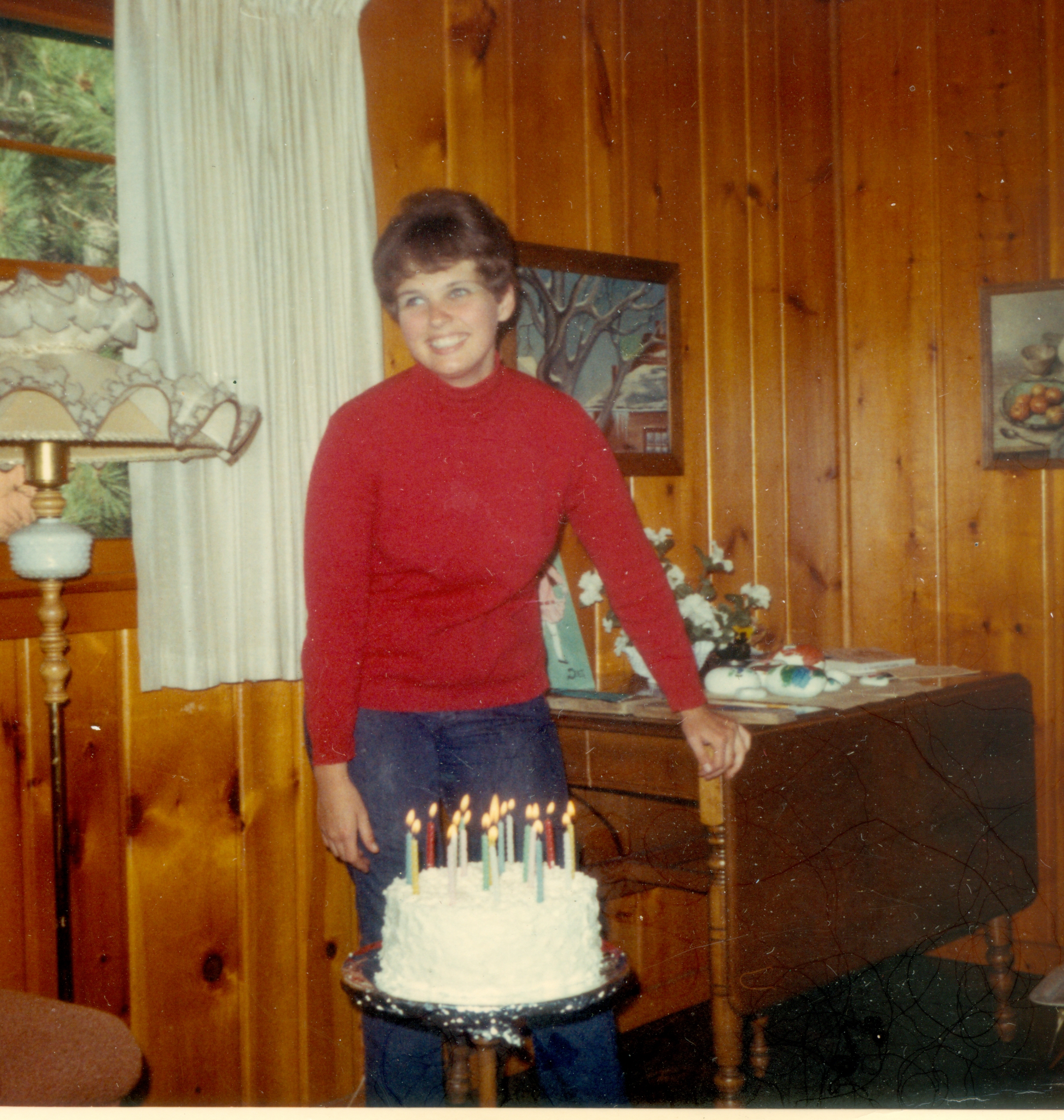 certain talents, some well recognized, the others less obvious but still good. That self I knew had far more kindness to others than to herself. That self could listen to others for hours, could be there when needed but didn’t know how to be there for herself or listen to the positive parts of her inner voice instead of the negative ones.
certain talents, some well recognized, the others less obvious but still good. That self I knew had far more kindness to others than to herself. That self could listen to others for hours, could be there when needed but didn’t know how to be there for herself or listen to the positive parts of her inner voice instead of the negative ones.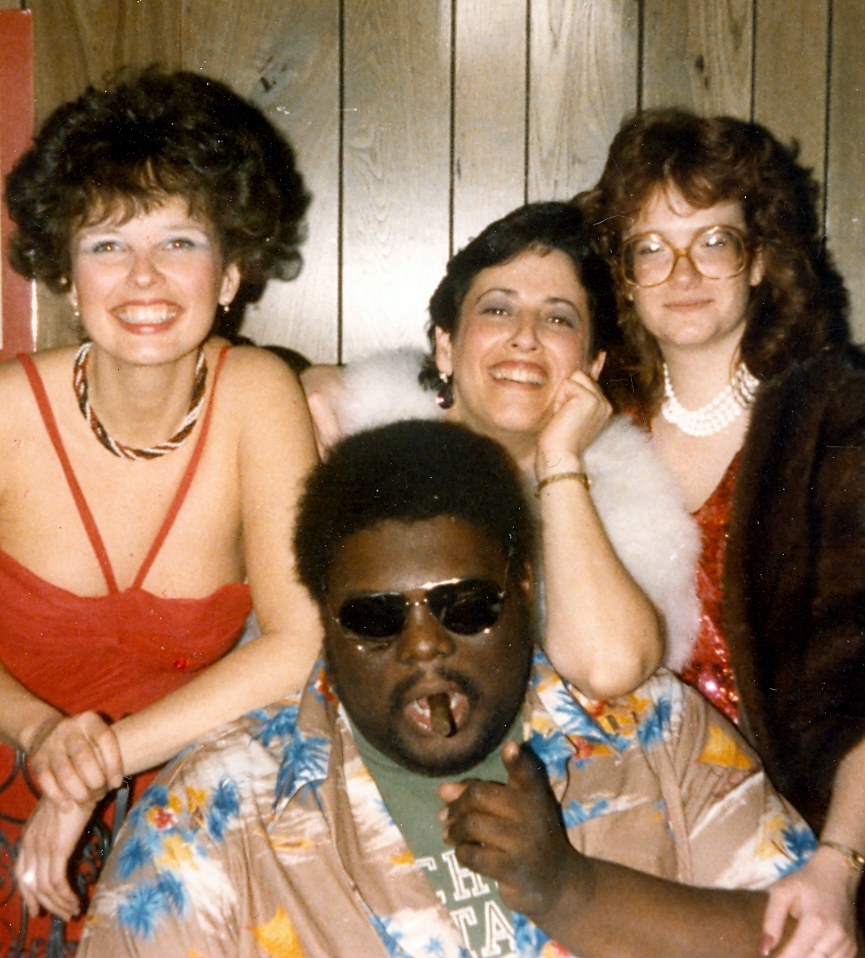
 But I still smile. I smile big, I smile happy and I smile because I’m alive in this world and there’s less time that there was a few decades before. There’s less time for all of us, really, because in truth, we never know when our last moment will be. And wouldn’t it be a shame to have it come and realize all those we wasted thinking we weren’t pretty or smart or talented enough when maybe, just maybe, we were?
But I still smile. I smile big, I smile happy and I smile because I’m alive in this world and there’s less time that there was a few decades before. There’s less time for all of us, really, because in truth, we never know when our last moment will be. And wouldn’t it be a shame to have it come and realize all those we wasted thinking we weren’t pretty or smart or talented enough when maybe, just maybe, we were?
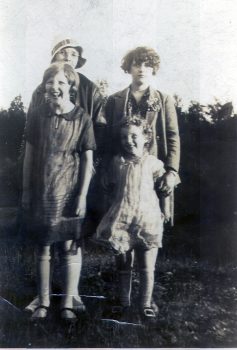 never knew. I knew that the results would be interesting. What I didn’t realize was the effect those revelations would have on my sense of self and family.
never knew. I knew that the results would be interesting. What I didn’t realize was the effect those revelations would have on my sense of self and family.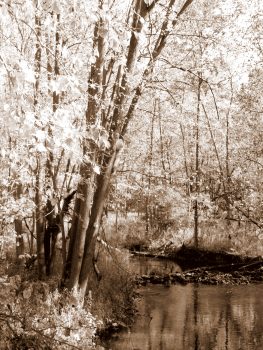 Germany known as “Pennsylvania Dutch,” a group that also included the Amish. My Swiss ancestors, those of our great grandmother, Angeline, after fearing torture and even death for their beliefs, fled to Germany and from there to America. They would later move north, to Canada.
Germany known as “Pennsylvania Dutch,” a group that also included the Amish. My Swiss ancestors, those of our great grandmother, Angeline, after fearing torture and even death for their beliefs, fled to Germany and from there to America. They would later move north, to Canada.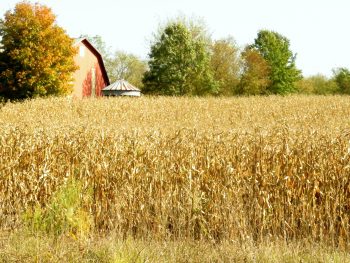
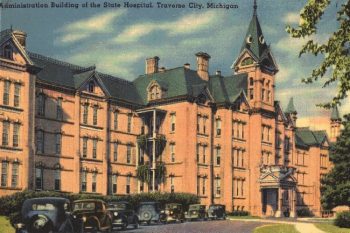
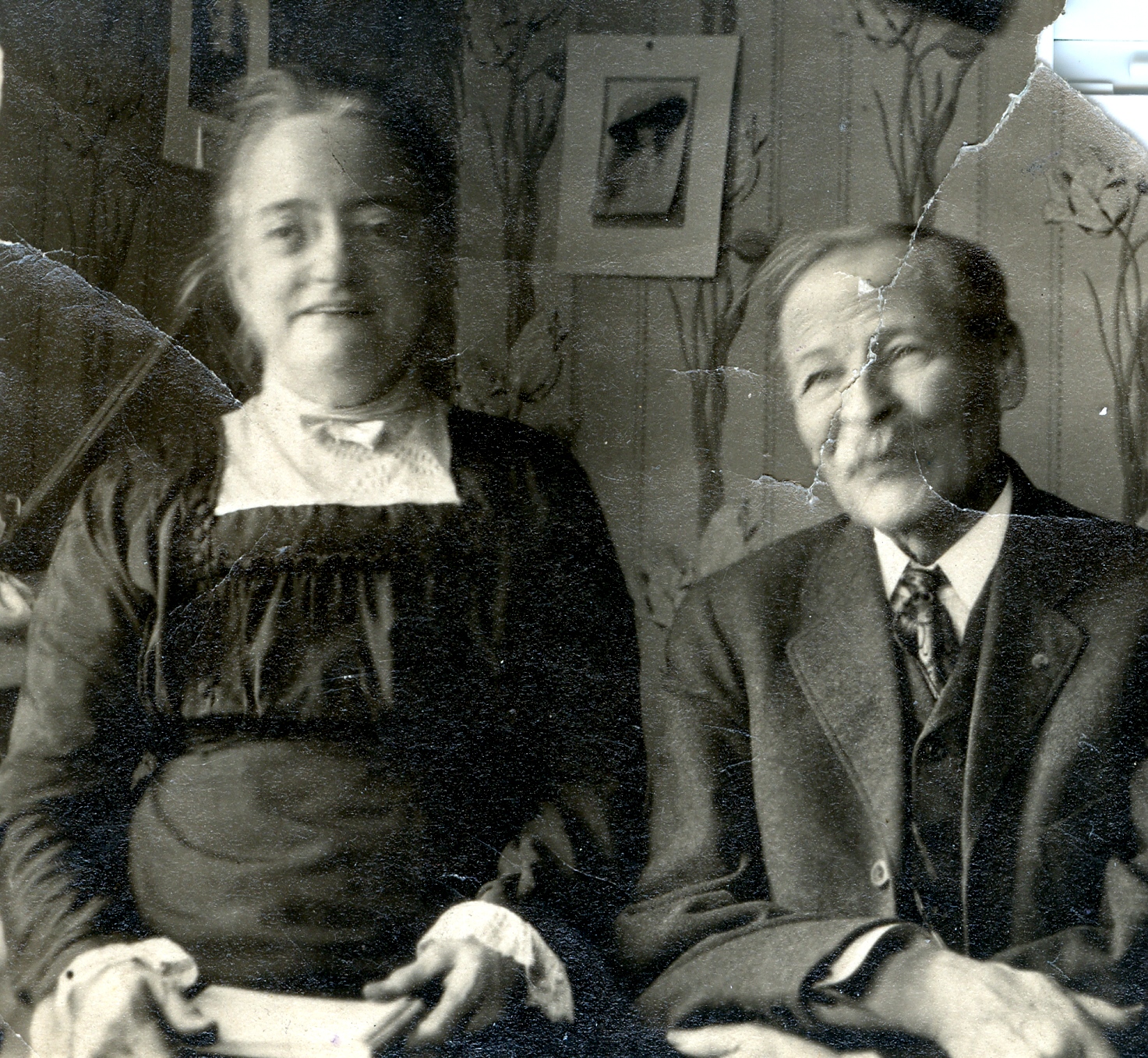
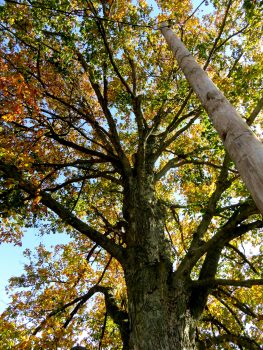 mother’s best friend about my grandmother and her wonderful sense of humor, her creative streak and her good nature. What I didn’t know was that her parents had come to America in the 1800s from England to settle in a new city. Why they left remains a mystery. But somehow, through the chance happening of two people working in the same confectionery business, Minnie’s parents met.
mother’s best friend about my grandmother and her wonderful sense of humor, her creative streak and her good nature. What I didn’t know was that her parents had come to America in the 1800s from England to settle in a new city. Why they left remains a mystery. But somehow, through the chance happening of two people working in the same confectionery business, Minnie’s parents met.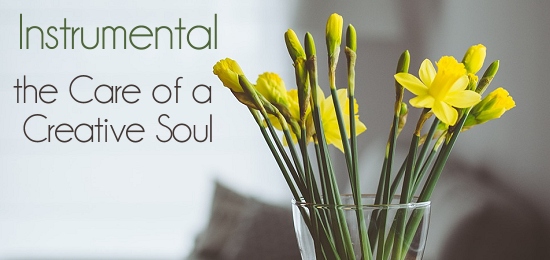

 were the hardest time. If you are dealing specifically with grief or loss issues, these tips on getting through the holidays might be helpful. And if you are not currently on that grief journey, you may see some ways you can help someone who is.
were the hardest time. If you are dealing specifically with grief or loss issues, these tips on getting through the holidays might be helpful. And if you are not currently on that grief journey, you may see some ways you can help someone who is.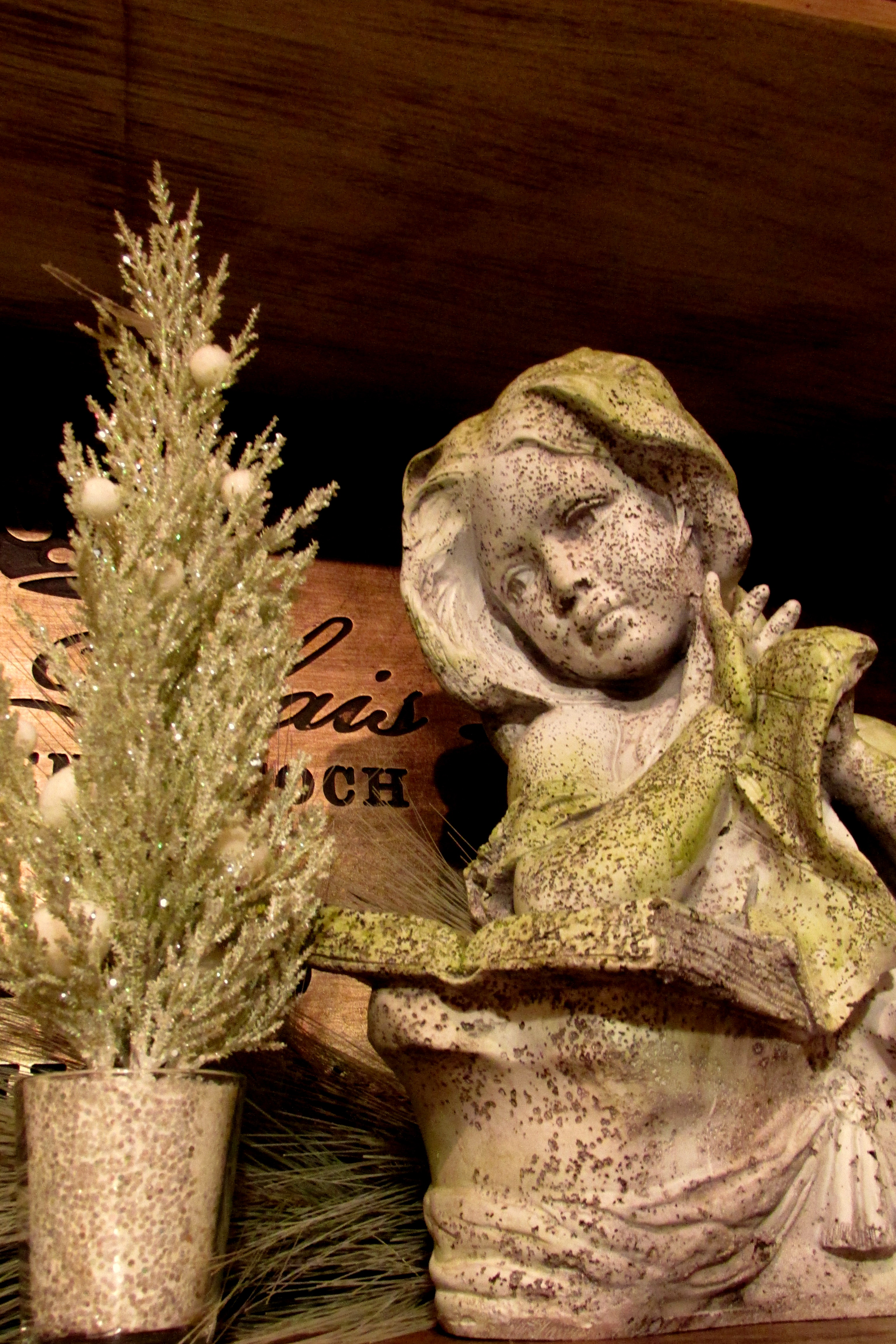 holiday invitation to spend it at the home of friends or relatives. It doesn’t have to be a permanent tradition, but it might make the first year under new circumstances a little easier.
holiday invitation to spend it at the home of friends or relatives. It doesn’t have to be a permanent tradition, but it might make the first year under new circumstances a little easier.